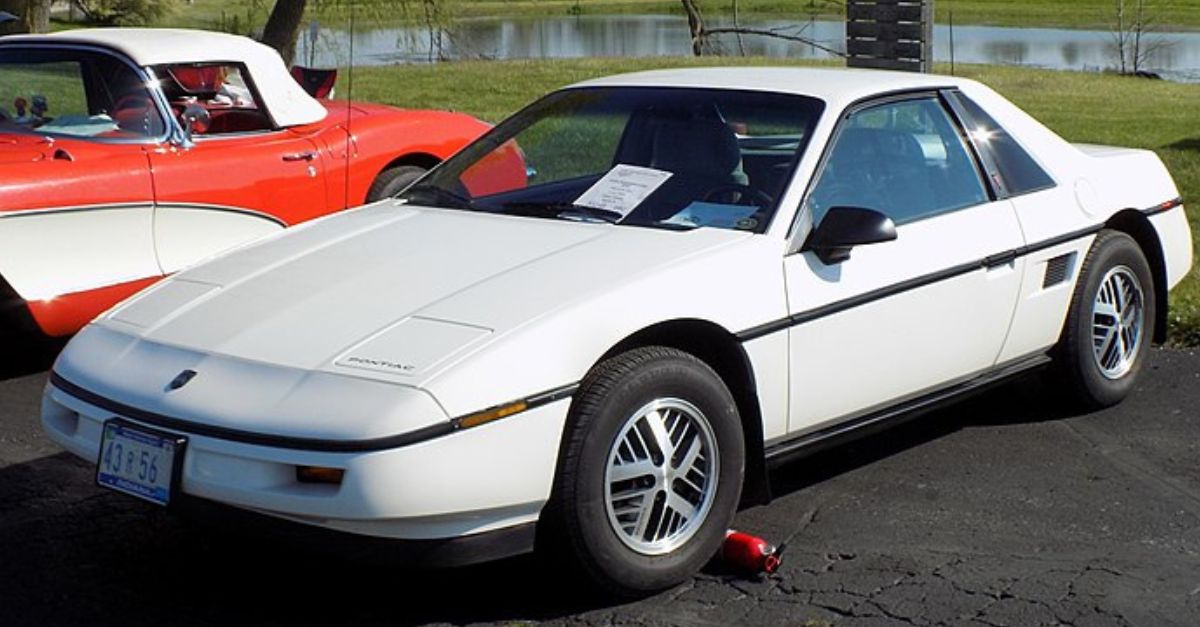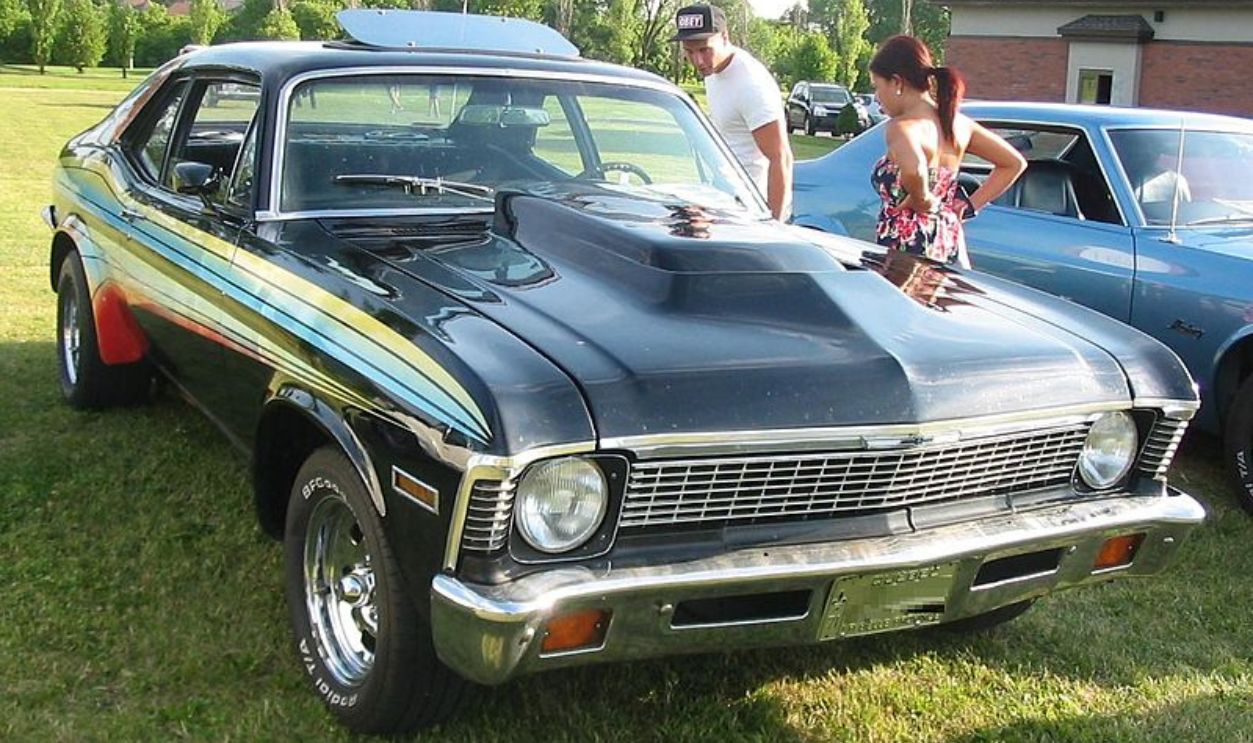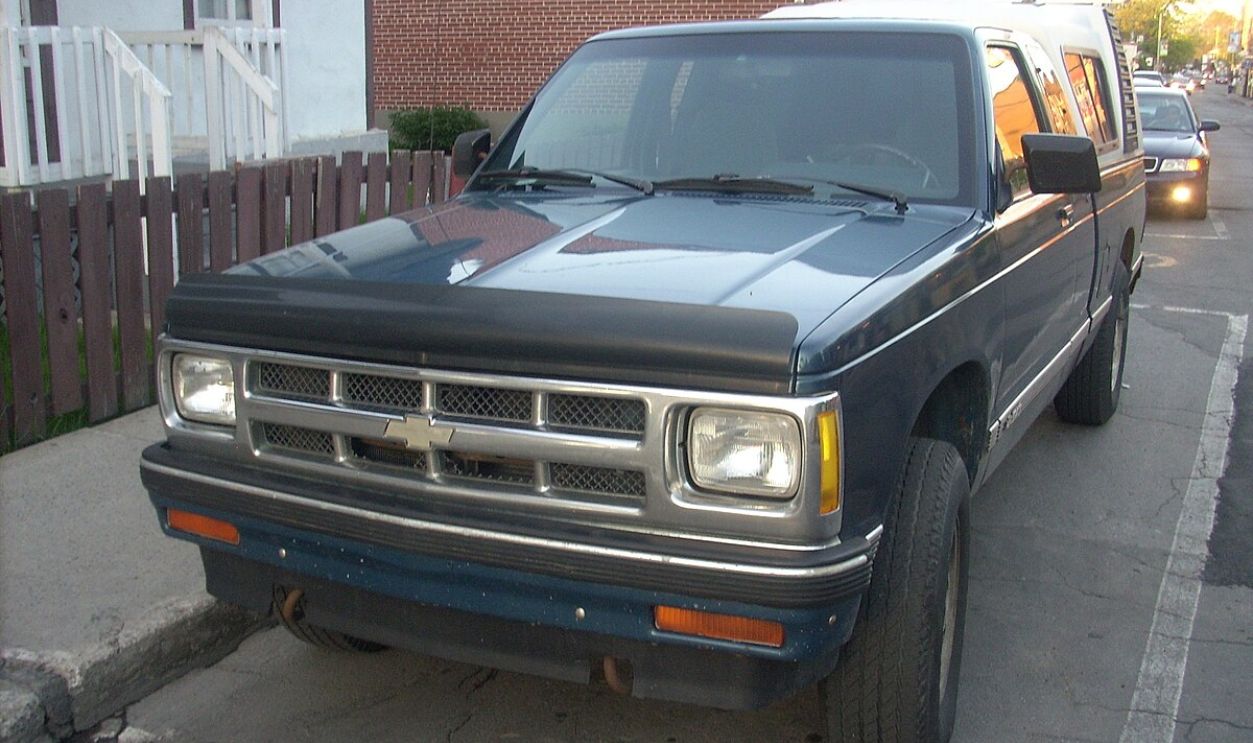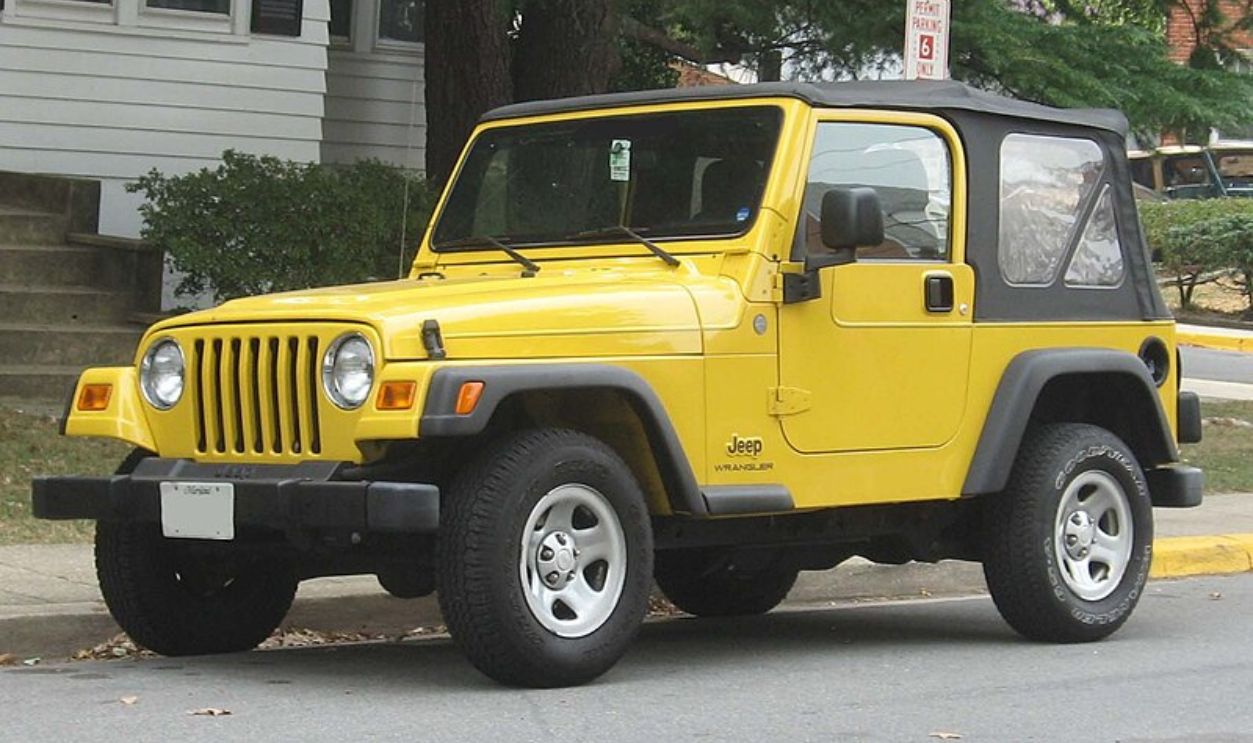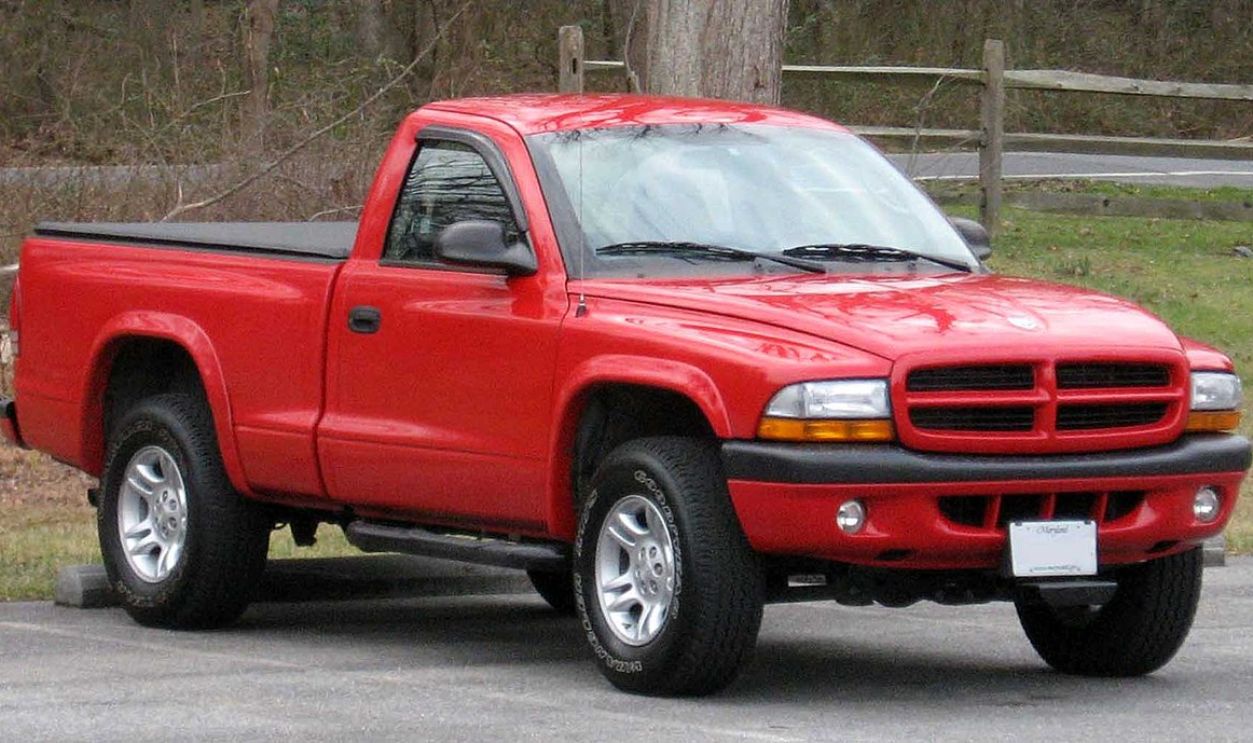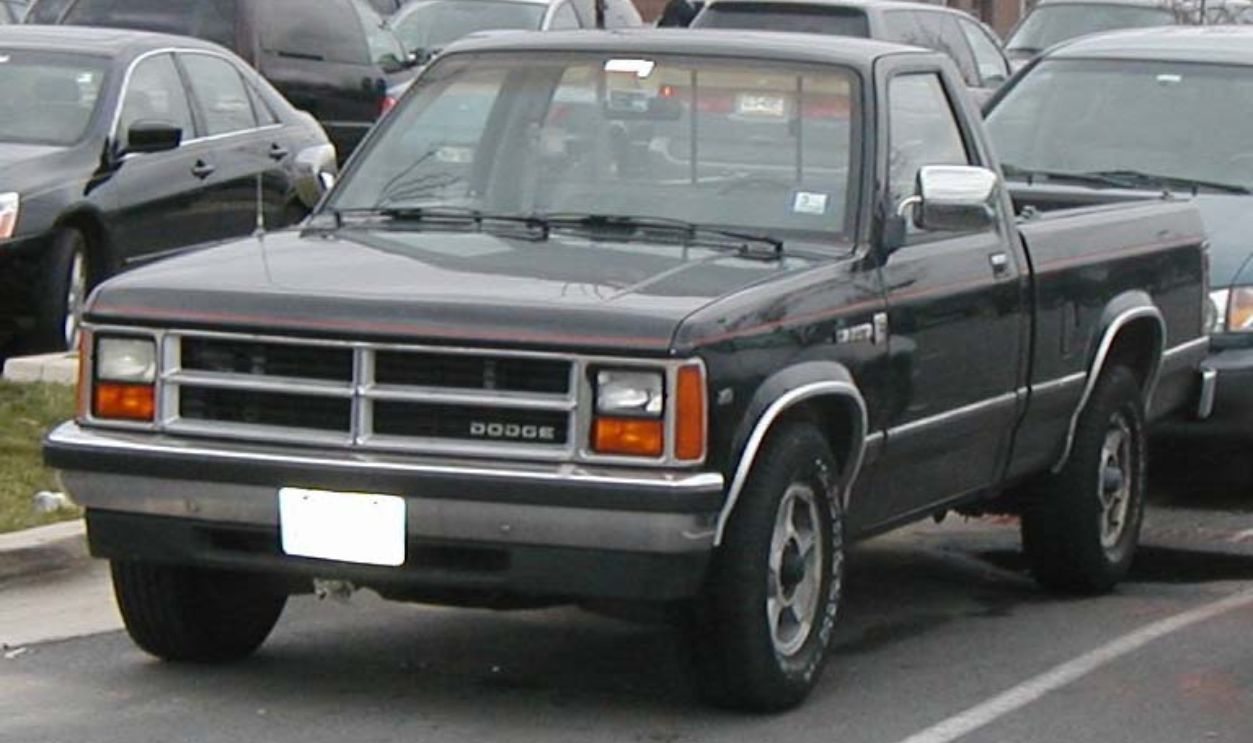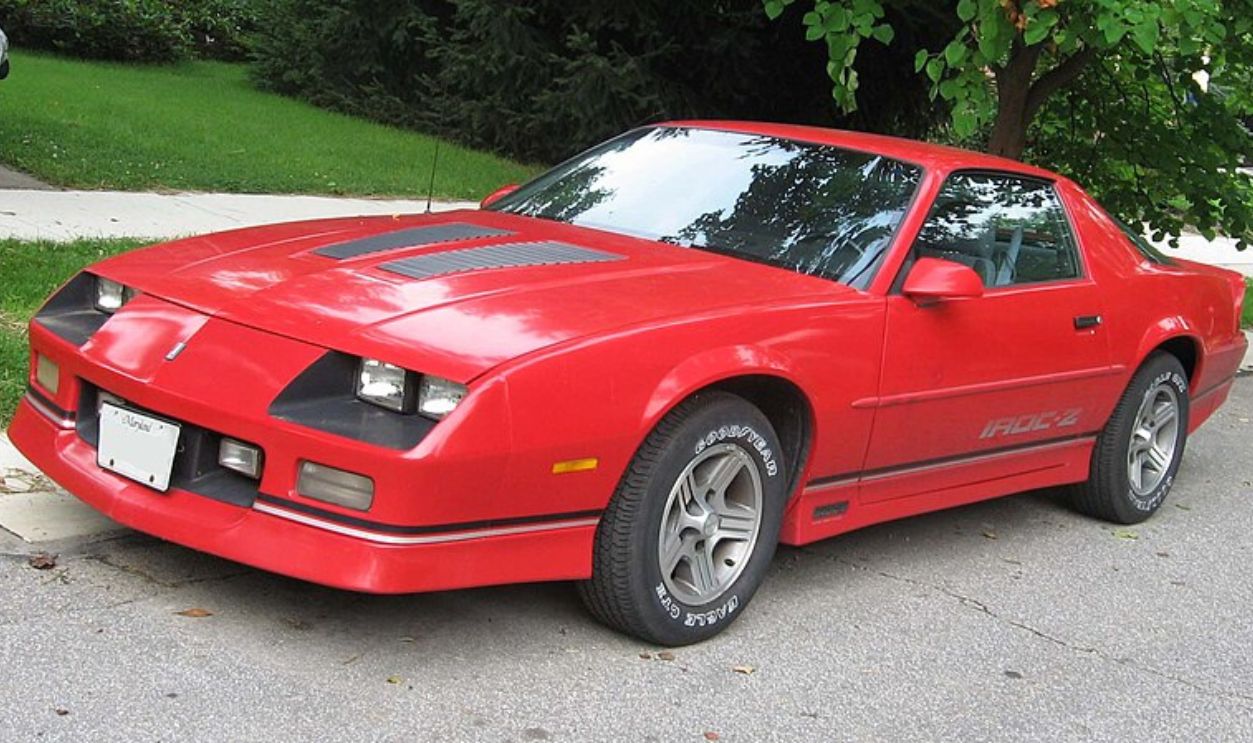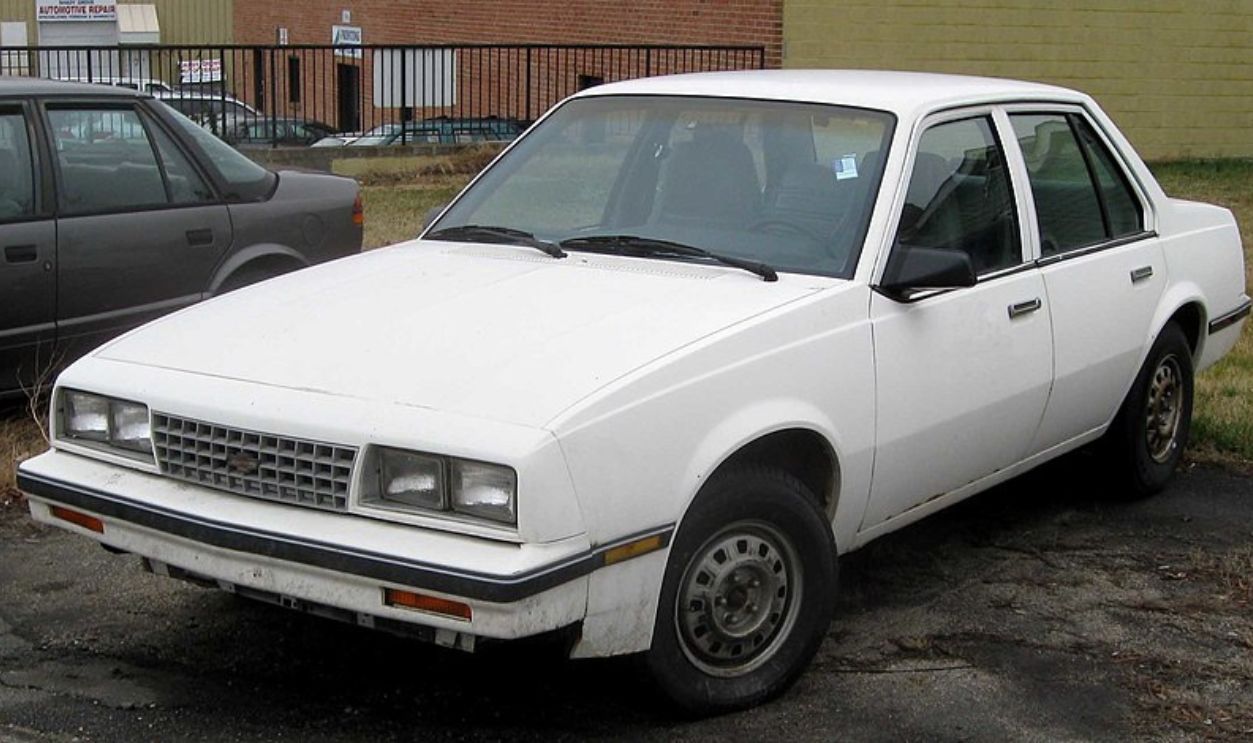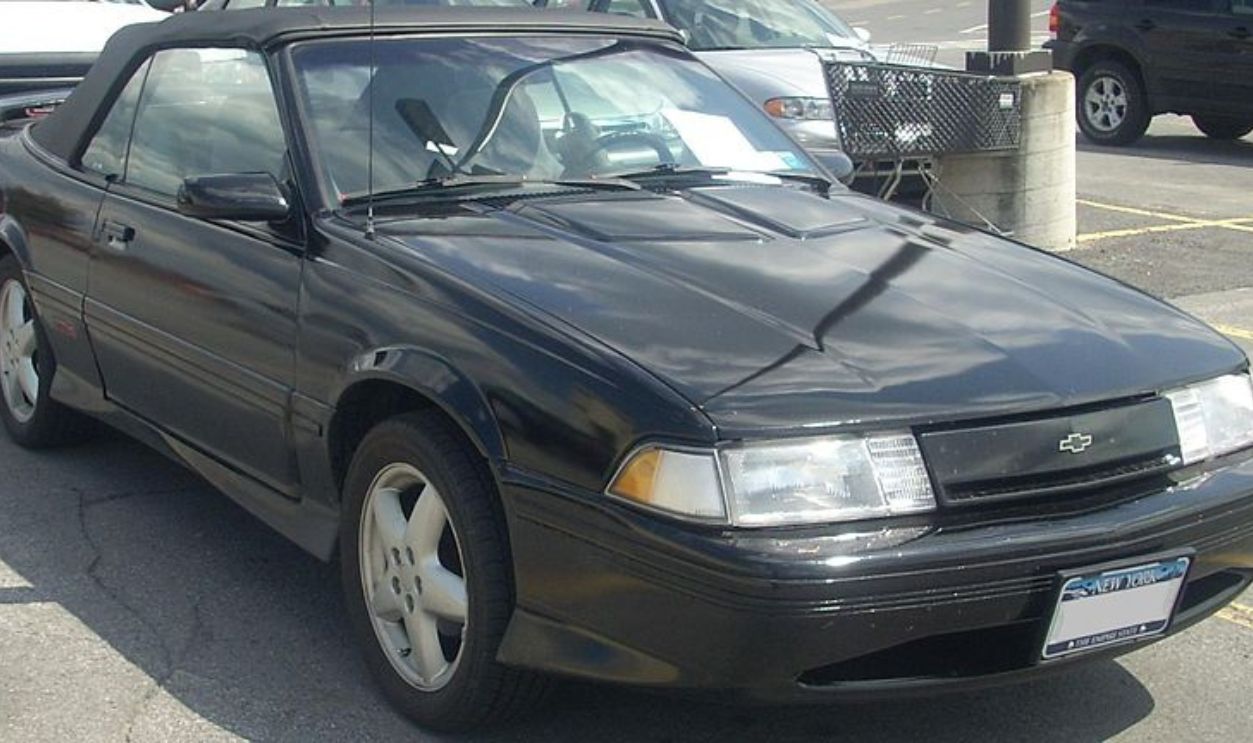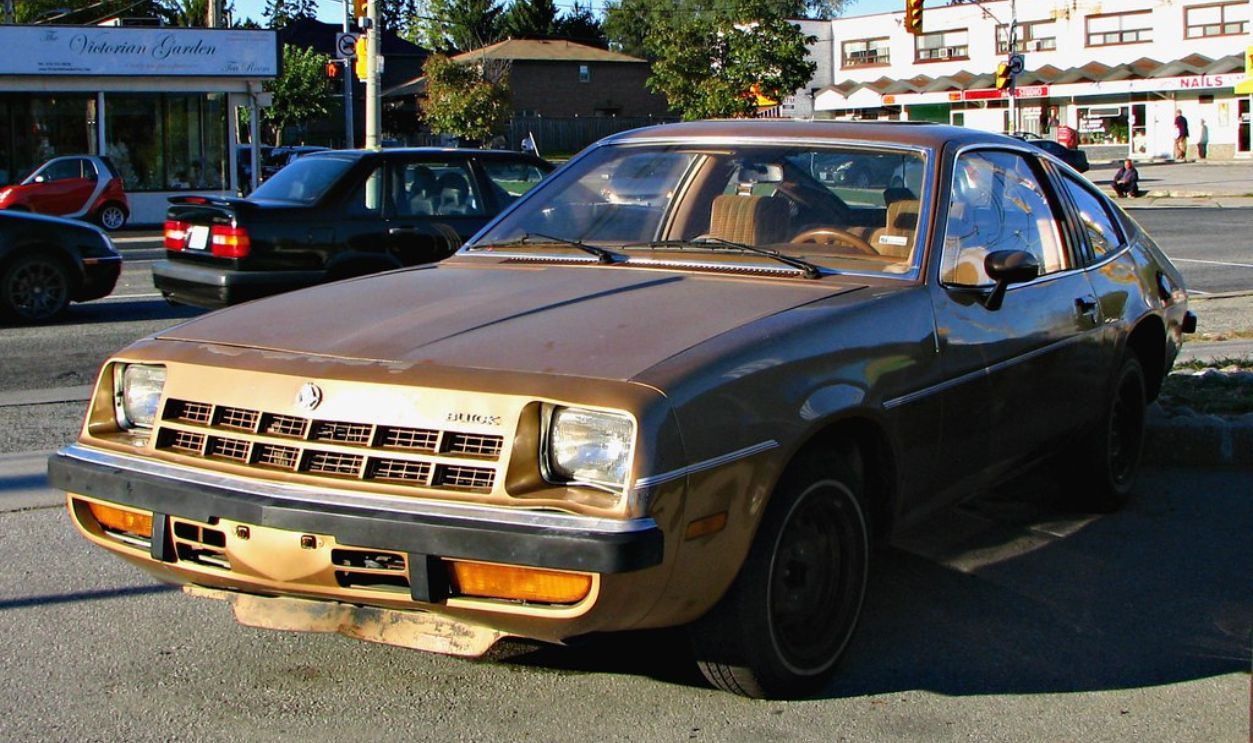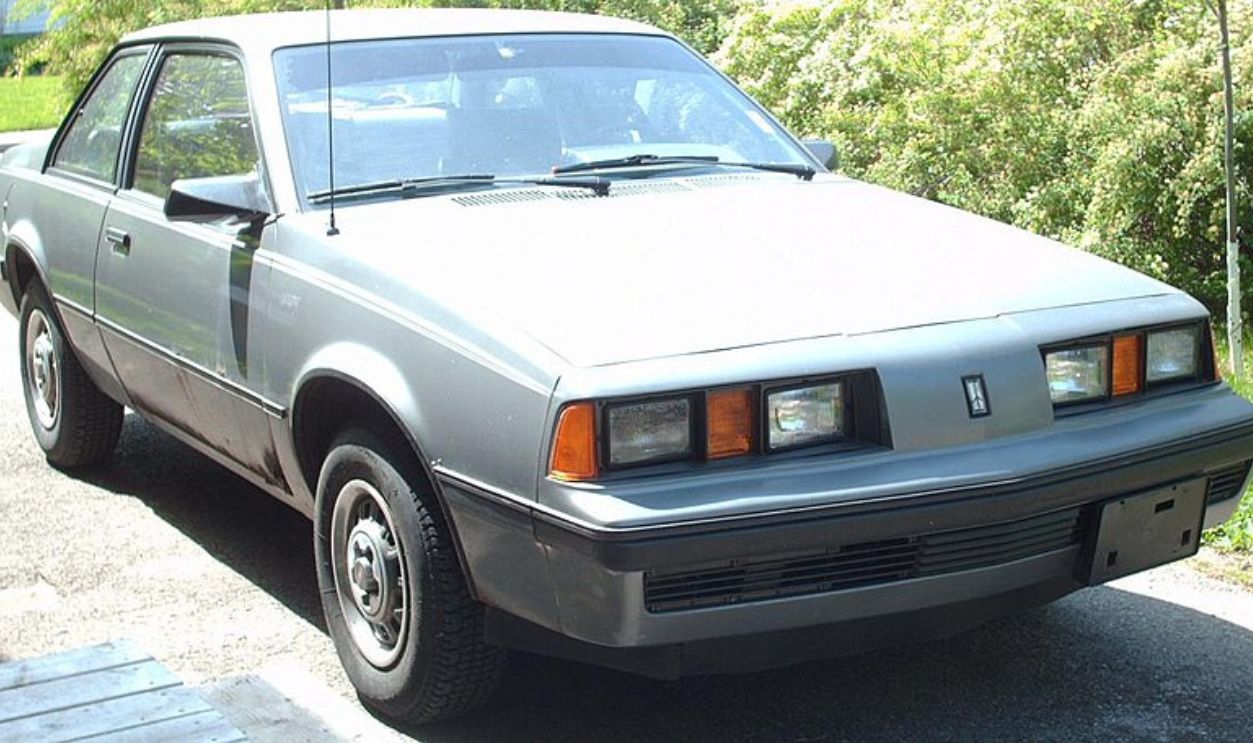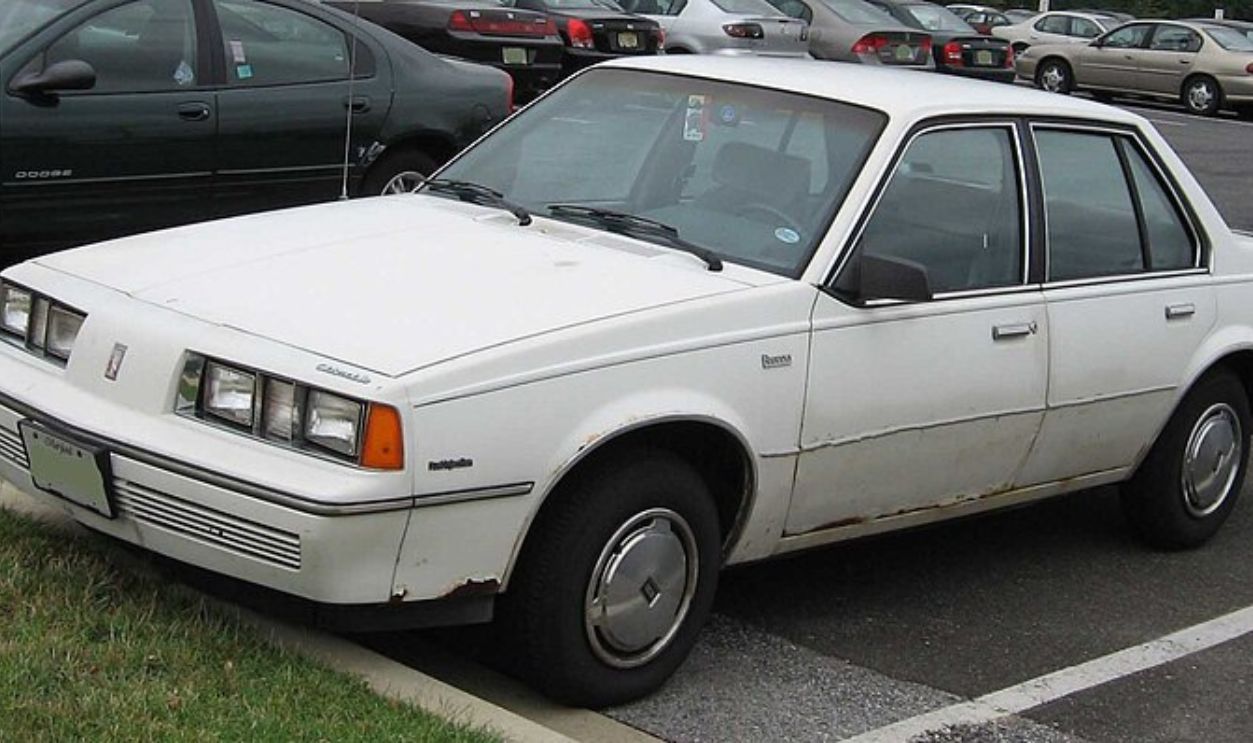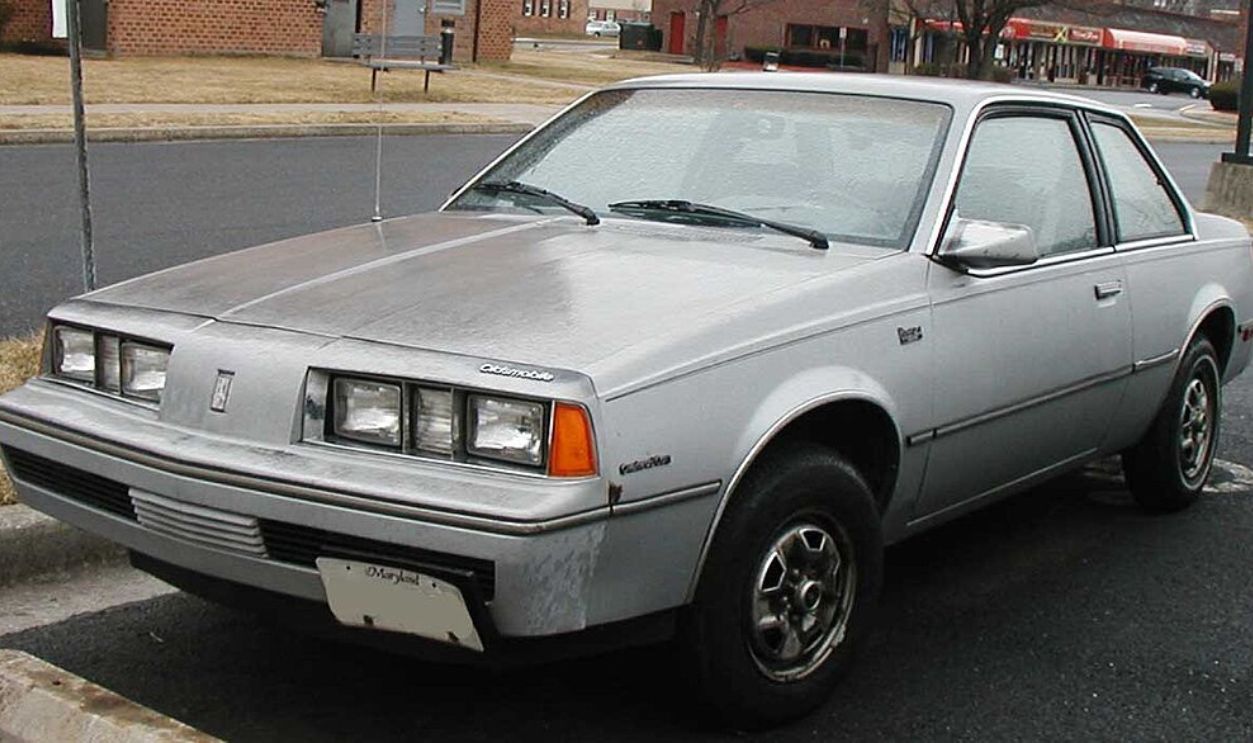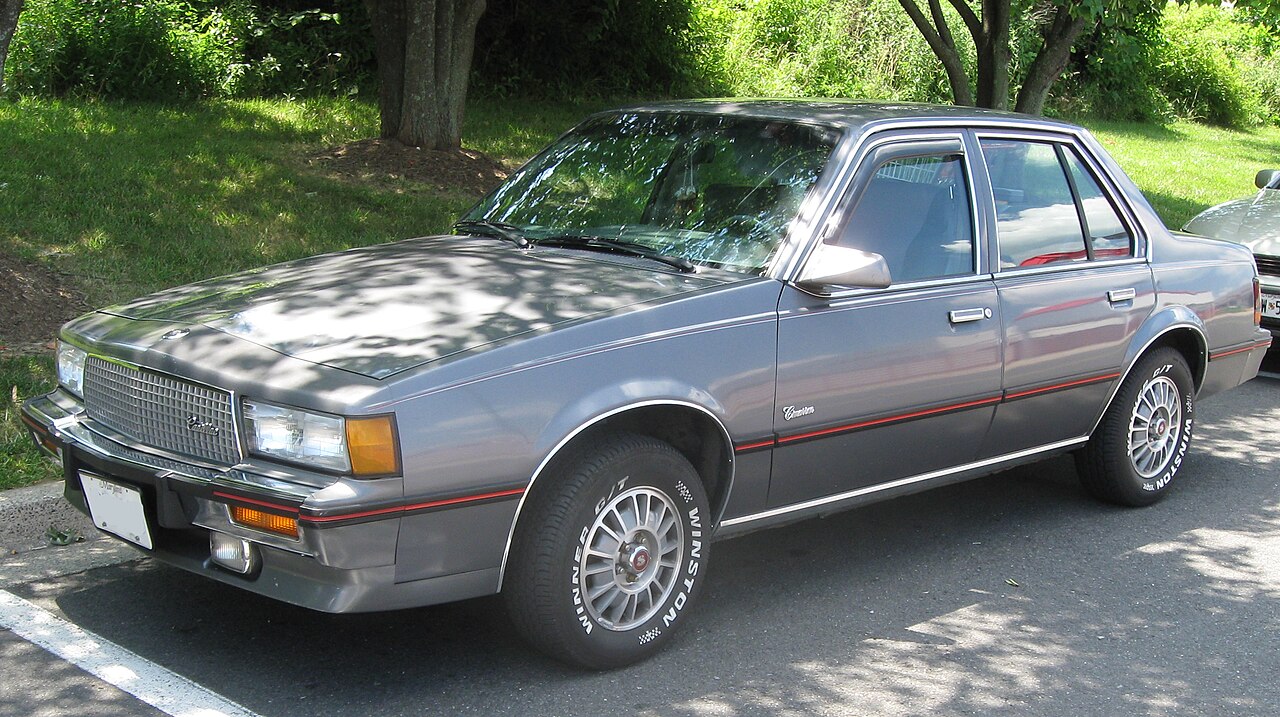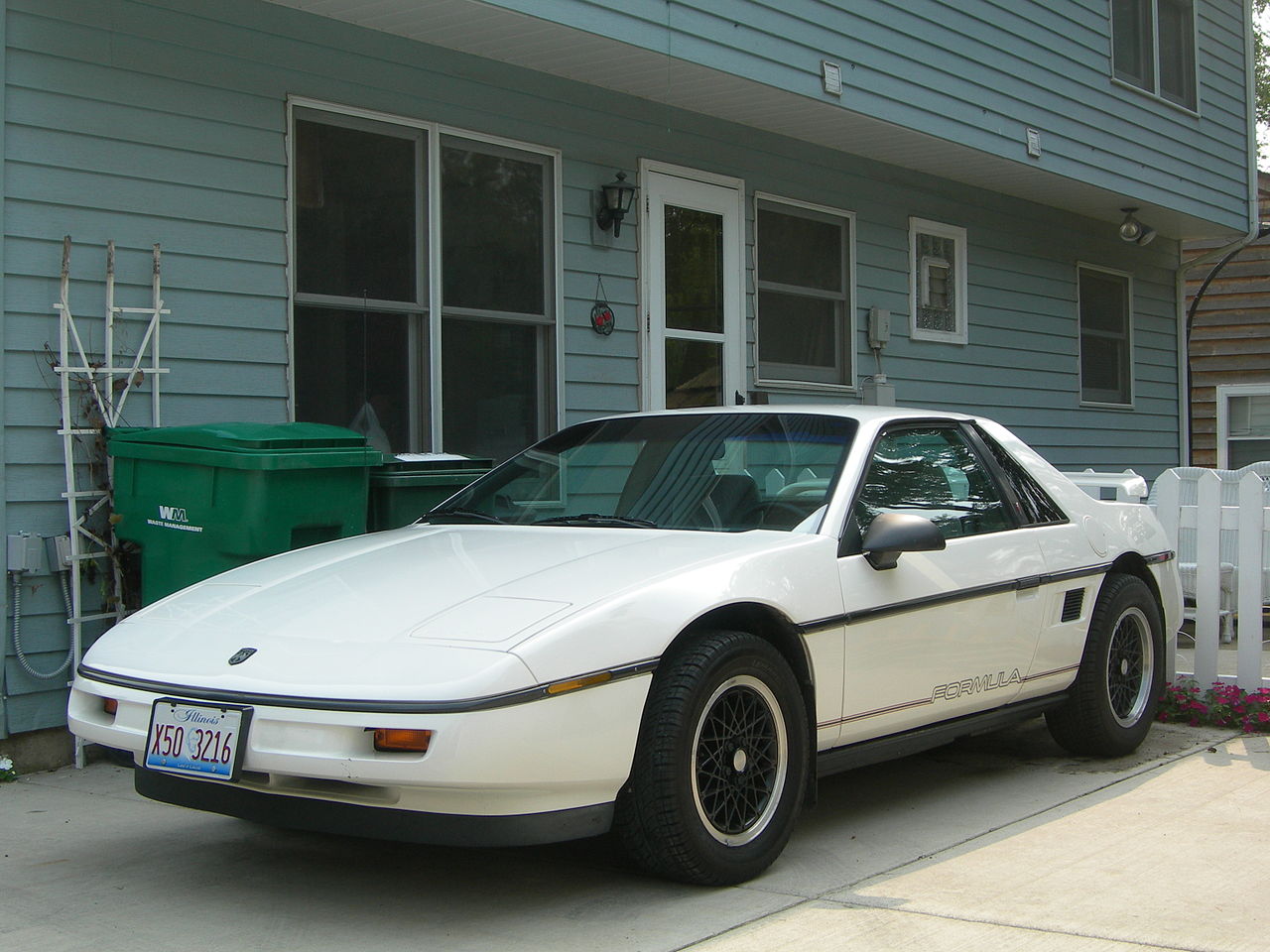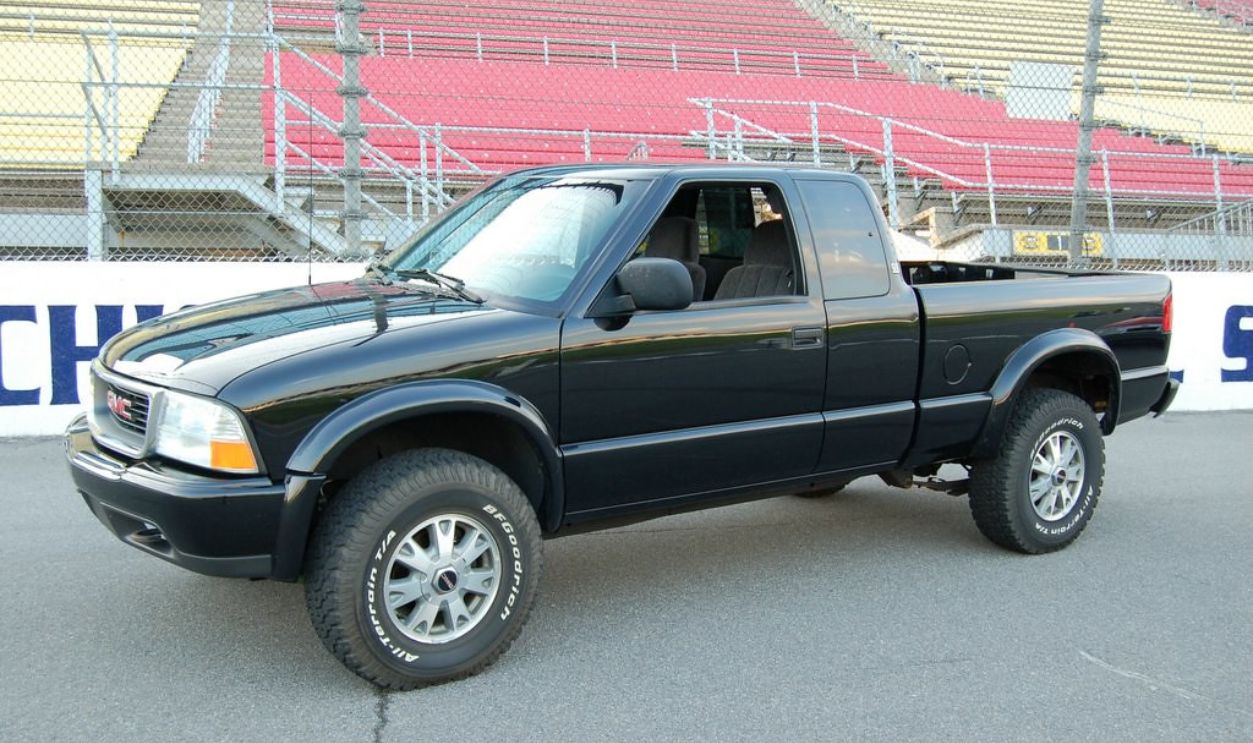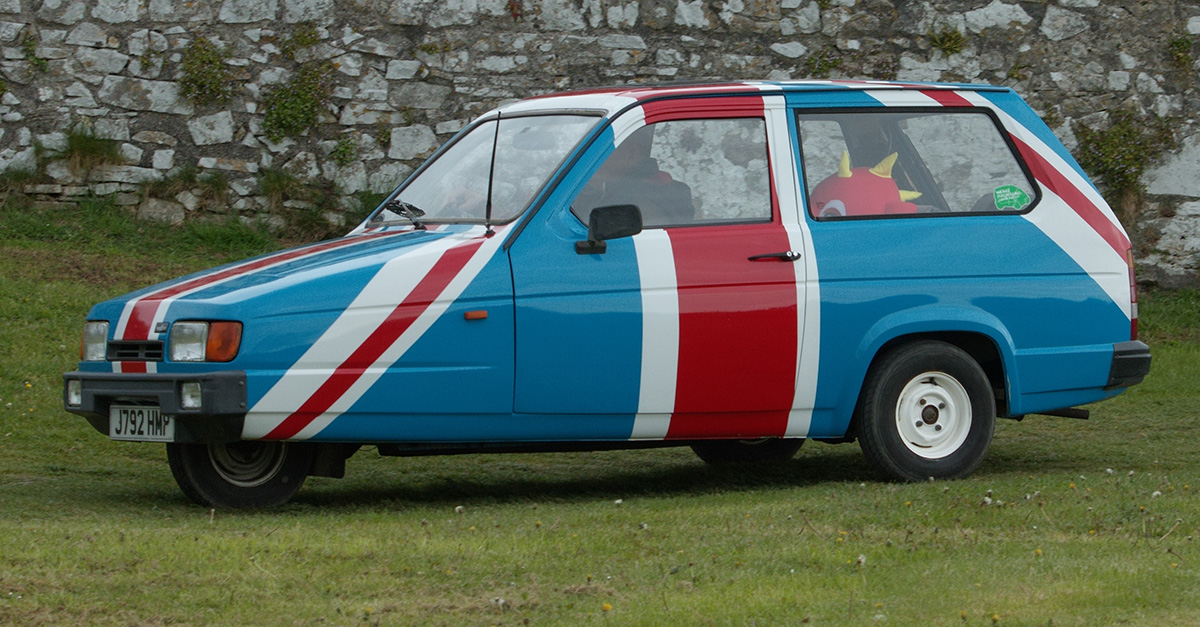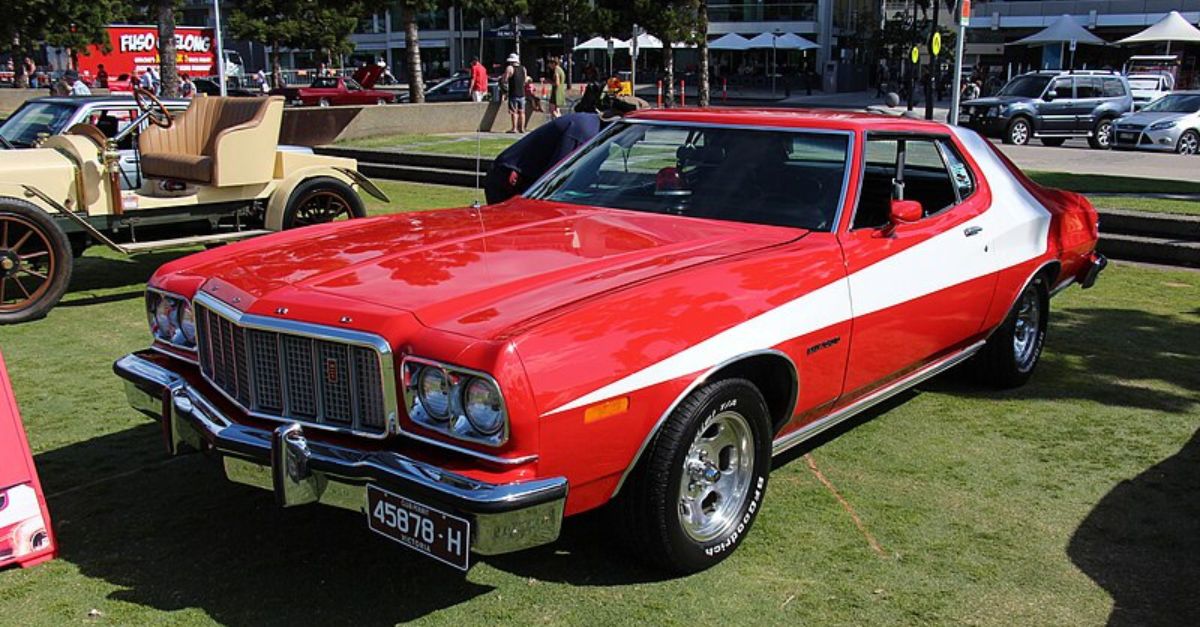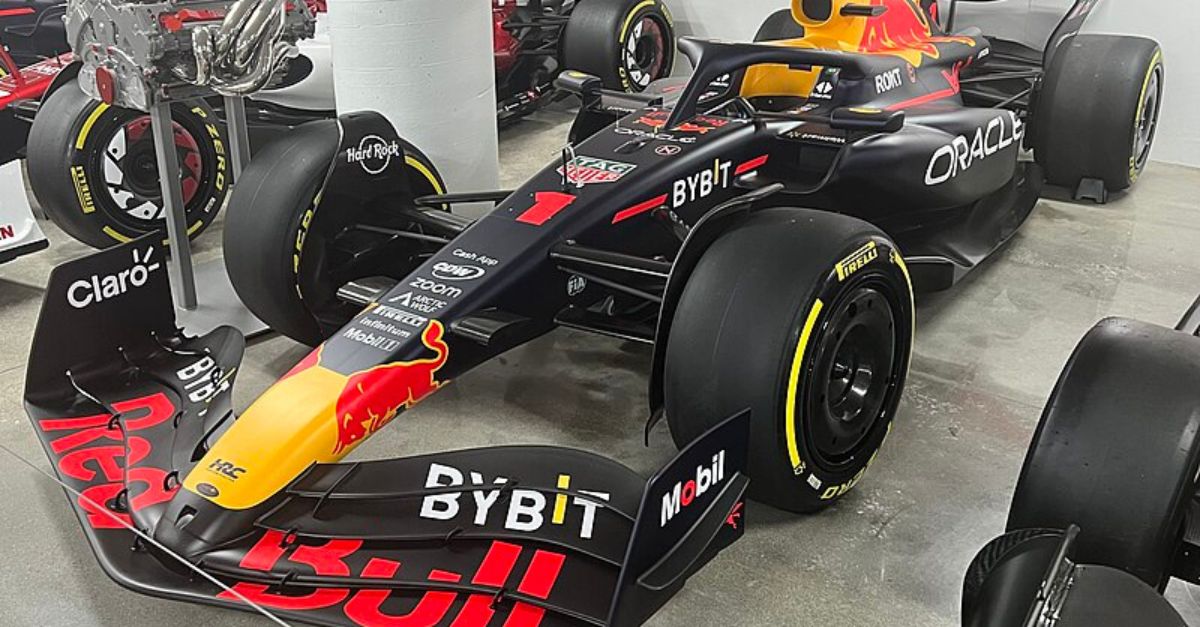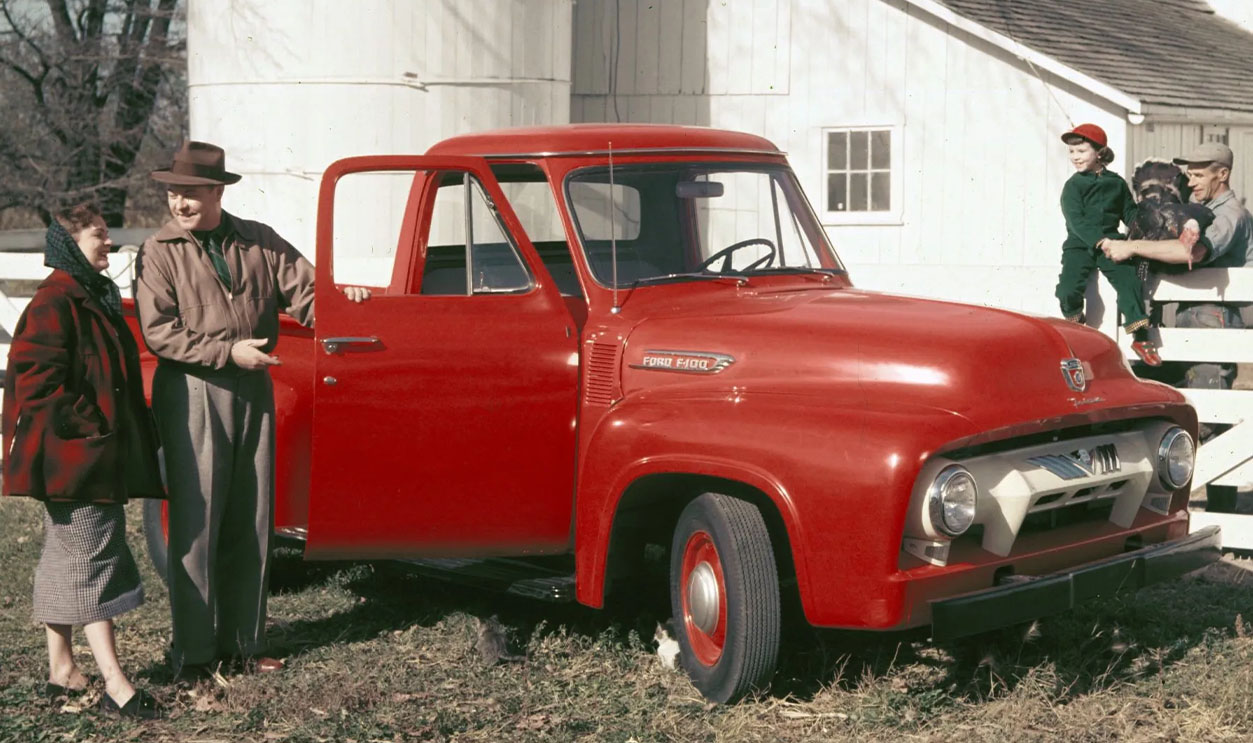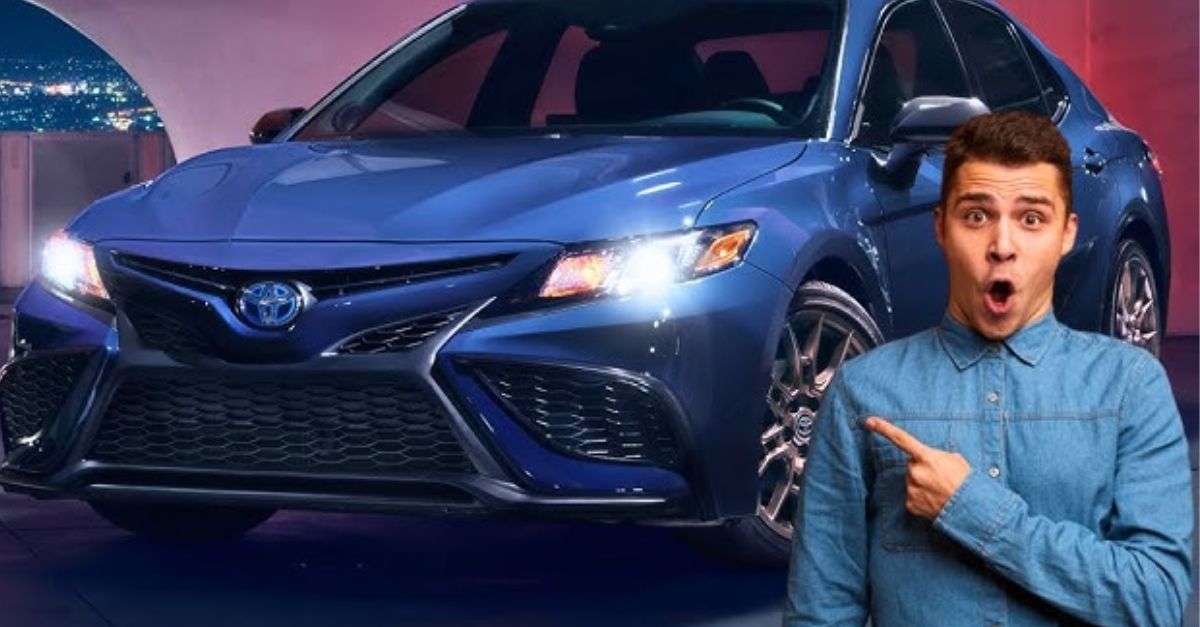Engineering Gone Backwards
While their overhead-cam cousins grabbed headlines, pushrod four-cylinder vehicles quietly powered everything. Hence, the best stories sometimes hide beneath the simplest valve, and the following cars from the past prove just that.

Chevrolet Nova (1962–1979)
The Chevrolet Nova started its journey in 1962 when it was first called the Chevy II. It’s well-known for packing the General Motor’s 153 engine at first and later the Iron Duke engine, sticking around with these options all the way until 1979.
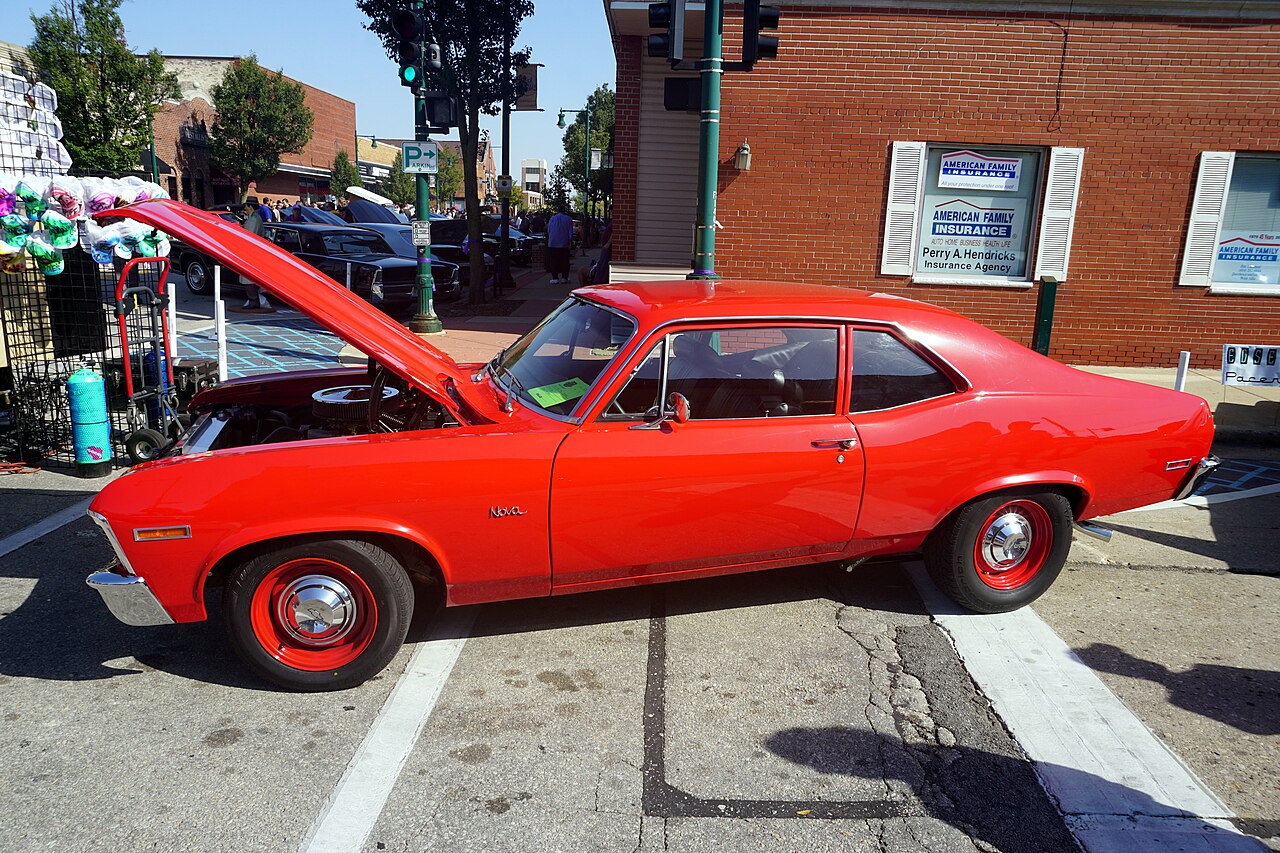 Michael Barera, CC BY-SA 4.0, Wikimedia Commons
Michael Barera, CC BY-SA 4.0, Wikimedia Commons
Chevrolet Nova (1962–1979) (Cont.)
So, the Chevrolet 153 engine was an inline-four engine that came about from the design of the Chevrolet 230 cubic-inch straight-six. It had a tough cast iron build and used an overhead valve setup with two valves per cylinder that were moved by pushrods.
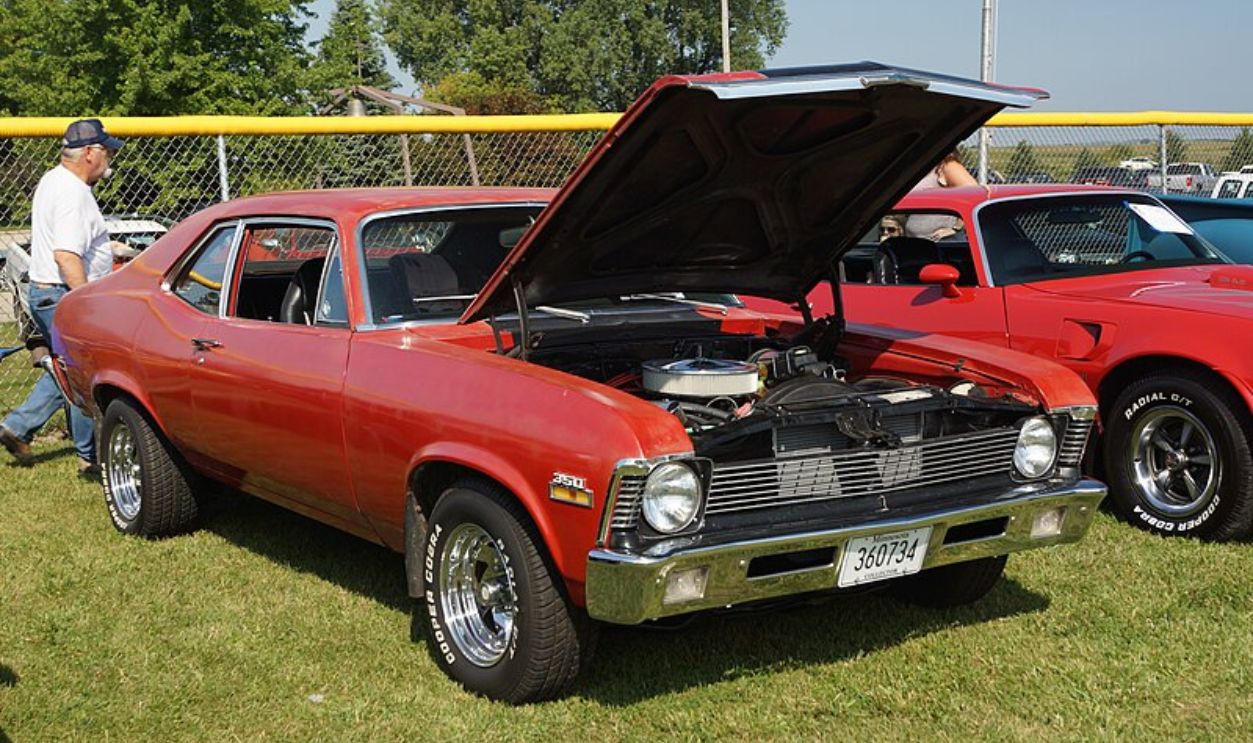 Greg Gjerdingen, CC BY 2.0, Wikimedia Commons
Greg Gjerdingen, CC BY 2.0, Wikimedia Commons
Chevrolet Nova (1962–1979) (Cont.)
This engine was 153 cubic inches (about 2.5 liters) and could pump out roughly 90 horsepower at 4,000 RPM. It also delivered around 152 lb-ft of torque at 2,400 RPM. Besides, spacious seating for up to five passengers was on display.
Chevrolet Nova: Iron Duke Engine
Introduced later in the Nova’s lifecycle, the Iron Duke engine was a variant of the General Motor 151 engine, which also gave a pushrod style. The Iron Duke typically provided better power output and efficiency compared to its predecessor.
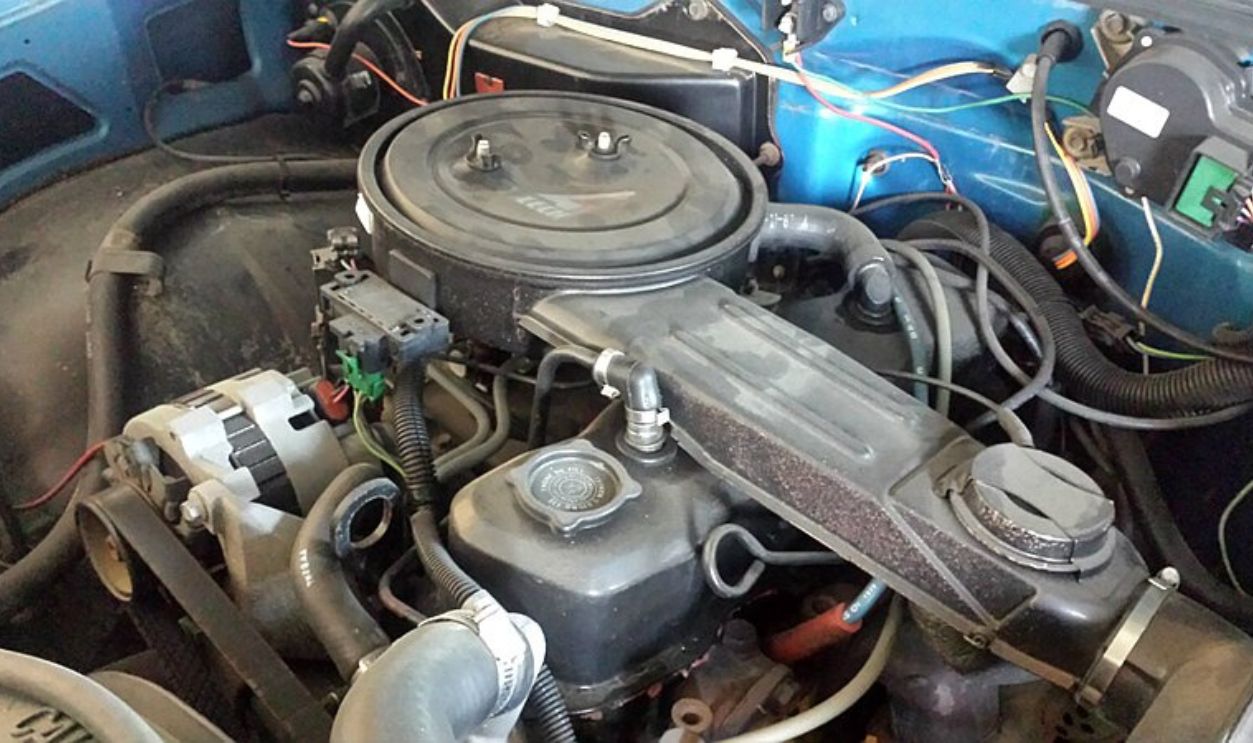 dave_7 from Canada, CC BY 2.0, Wikimedia Commons
dave_7 from Canada, CC BY 2.0, Wikimedia Commons
Pontiac Sunbird (1976–1994)
The Pontiac Sunbird, made between 1976 and 1994, is famous for having the Iron Duke engine, which is a 2.5-liter straight-four engine that General Motors developed. This engine was introduced in the Sunbird in 1977, replacing the previous 2.3-liter engine.
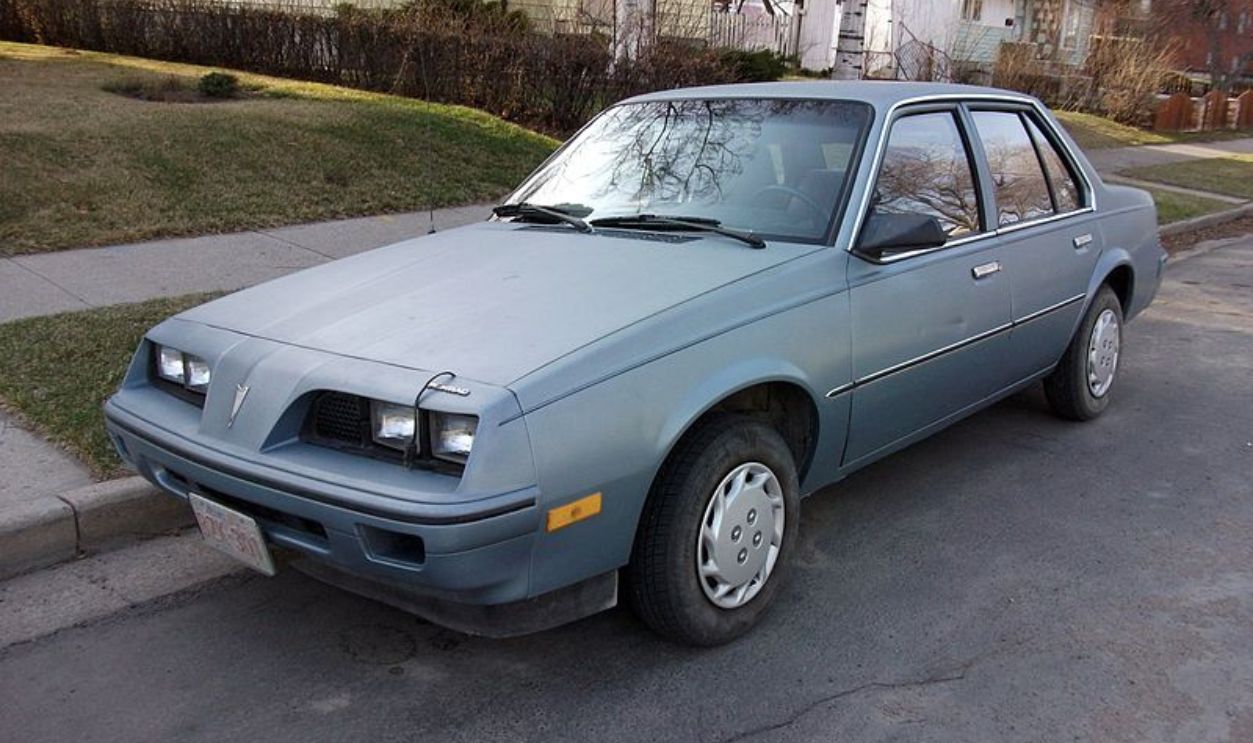 dave_7 from Lethbridge, Canada, CC BY 2.0, Wikimedia Commons
dave_7 from Lethbridge, Canada, CC BY 2.0, Wikimedia Commons
Pontiac Sunbird (1976–1994) (Cont.)
It marked a significant shift in Pontiac’s approach to compact car powertrains. Initially, the Iron Duke produced around 85 horsepower with a two-barrel carburetor, but this output increased to 90 horsepower after modifications in 1979.
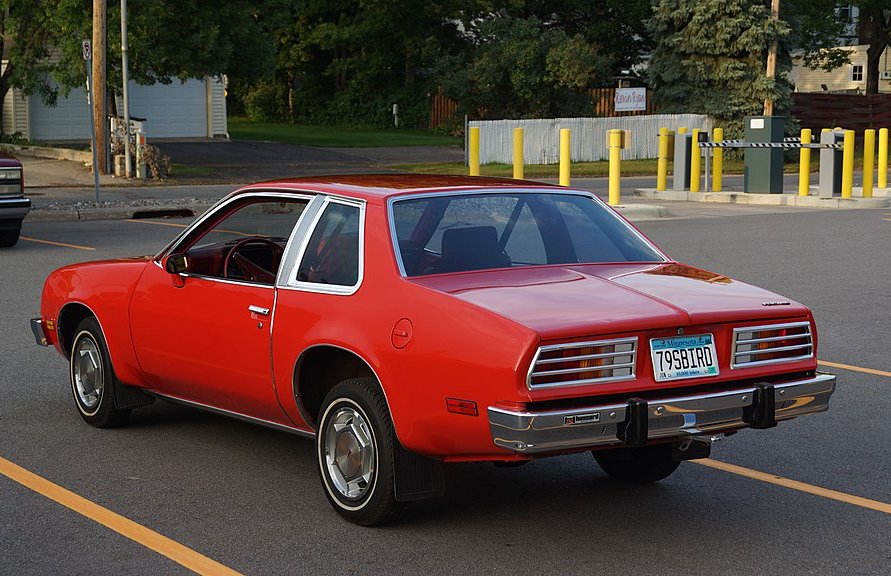 Greg Gjerdingen, CC BY 2.0, Wikimedia Commons
Greg Gjerdingen, CC BY 2.0, Wikimedia Commons
Pontiac Sunbird (1976–1994) (Cont.)
The Sunbird had distinctive Pontiac styling, which included sporty design cues that appealed to consumers looking for compact cars with character. The car also featured front disc brakes and rear drum brakes in most configurations.
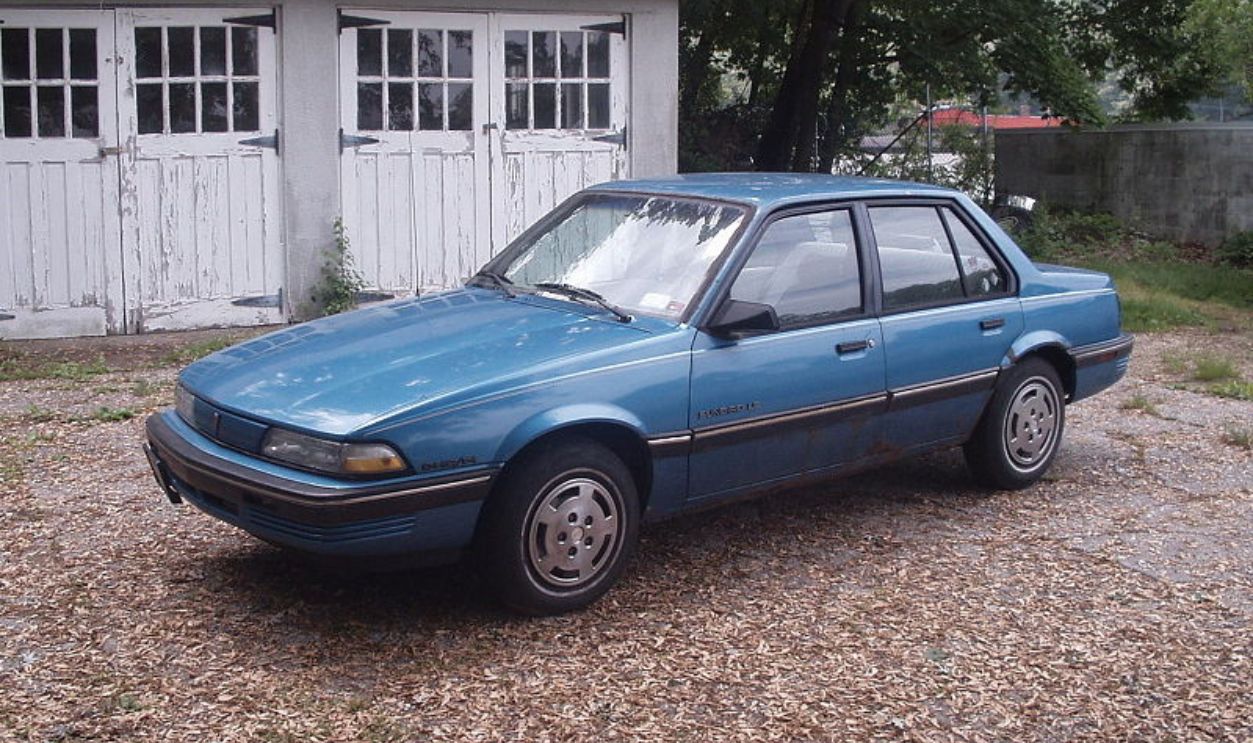 Omegatron, CC BY-SA 3.0, Wikimedia Commons
Omegatron, CC BY-SA 3.0, Wikimedia Commons
Chevrolet S-10 (1982–2004)
Here is a compact pickup truck that gained popularity for its versatility and range of engine options, including the 2.5L Iron Duke engine. The 2.5L Iron Duke engine was introduced in 1984 as a more powerful alternative with 90 hp.
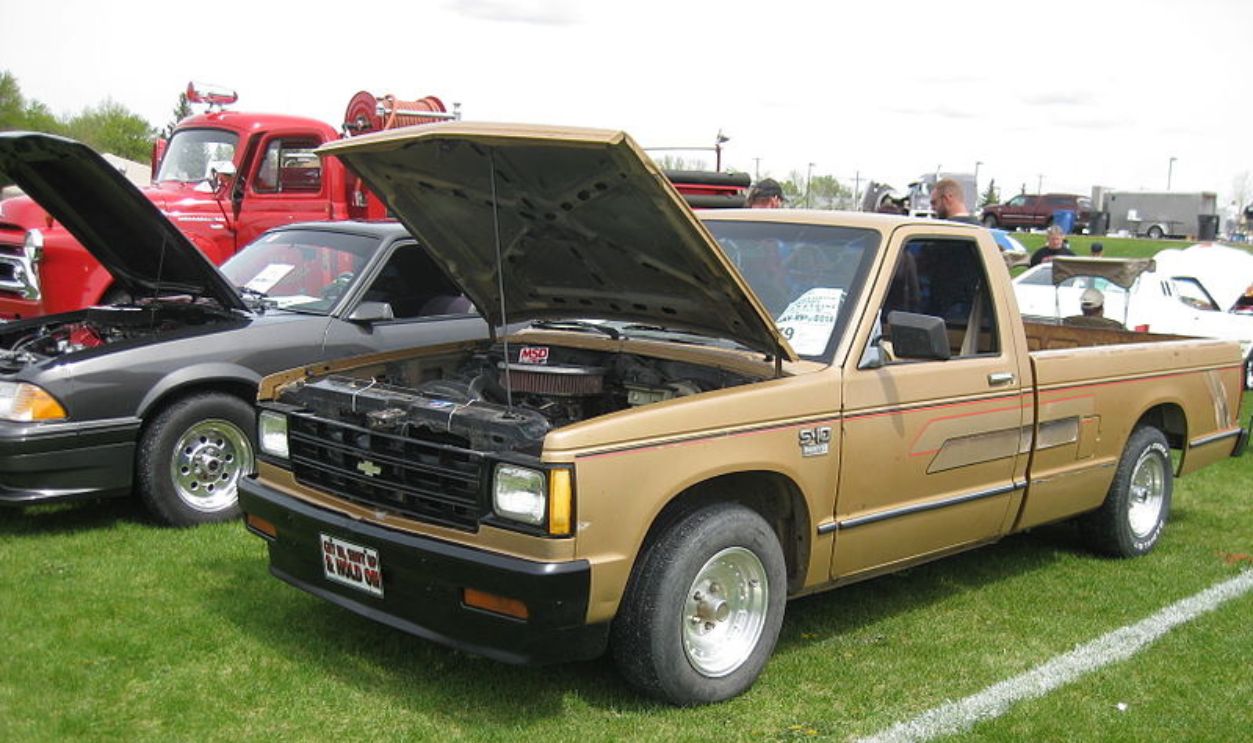 dave_7 from Lethbridge, Canada, CC BY 2.0, Wikimedia Commons
dave_7 from Lethbridge, Canada, CC BY 2.0, Wikimedia Commons
Chevrolet S-10 (1982–2004) (Cont.)
In the later years, the S-10 also offered a 4.3L V6 engine, which gave more power (up to 190 hp) and was favored for towing and hauling capabilities. Talking about the torque range, it would be between 120 lb-ft and over 250 lb-ft based on the engine choice.
Chevrolet S-10 (1982–2004) (Cont.)
Based on the engine and transmission setup, the S-10’s estimated fuel efficiency ranged from 18 to 25 mpg, which was good for its class. This car had a standard five-speed manual transmission and an optional four-speed automatic transmission.
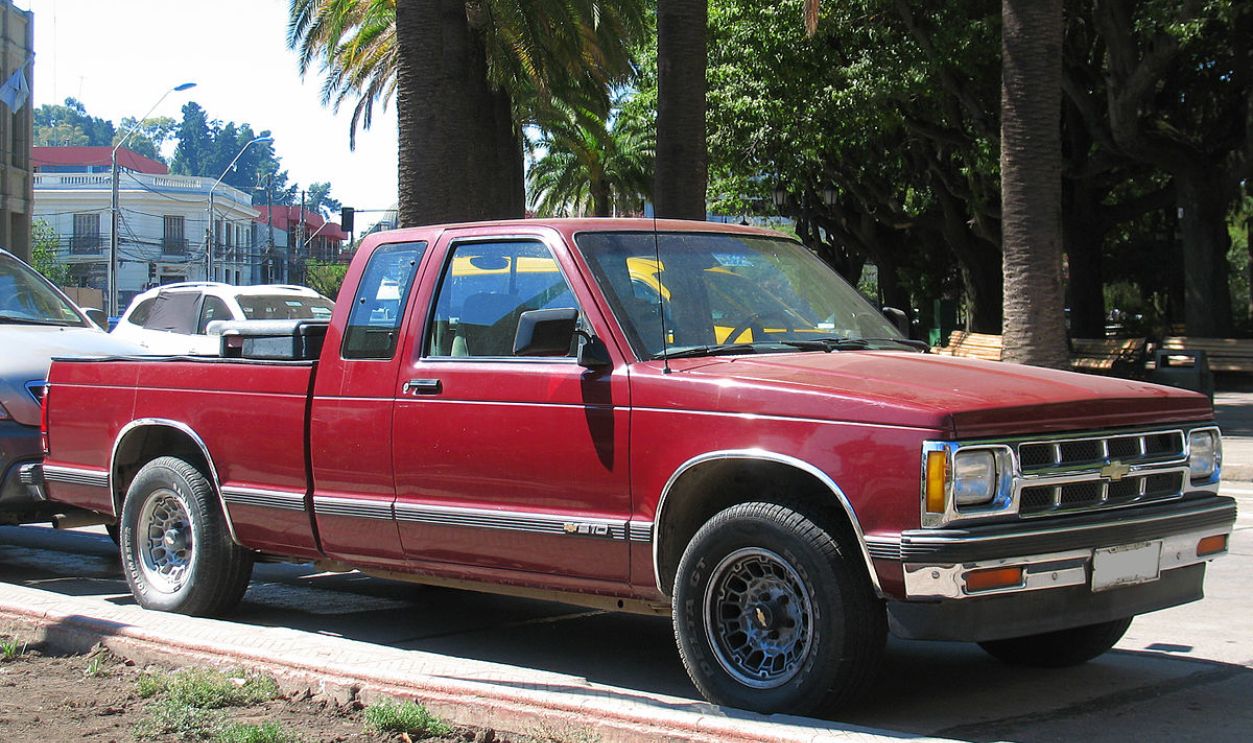 order_242, CC BY-SA 2.0, Wikimedia Commons
order_242, CC BY-SA 2.0, Wikimedia Commons
Jeep Wrangler (1987–2002)
When the AMC 2.5L engine was first installed in the Wrangler in 1987, it offered a power-to-fuel ratio that was appropriate for both off-road and on-road driving. The Jeep Wrangler had a four-wheel drive system with an NP207 Command–Trac transfer case.
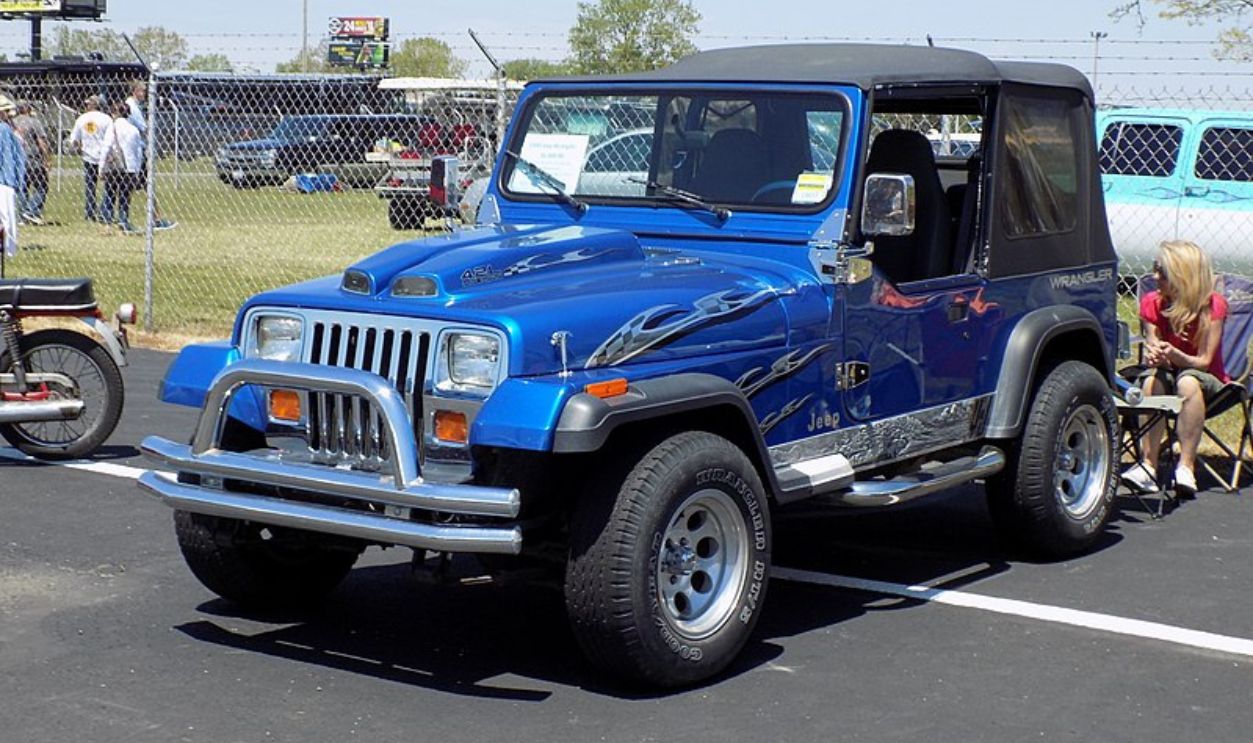 Greg Gjerdingen from Willmar, USA, CC BY 2.0, Wikimedia Commons
Greg Gjerdingen from Willmar, USA, CC BY 2.0, Wikimedia Commons
Jeep Wrangler (1987–2002) (Cont.)
While it was not the most powerful option (the inline-six engines offered higher torque), the 2.5L engine provided sufficient power. This car with the AMC 2.5L engine achieved fuel economy estimates of 16 MPG in the city and 19 MPG on the highway.
Dodge Dakota (1987–2002)
The Dodge Dakota, made from 1987 to 2002, is often seen as a trailblazer in the mid-size pickup truck world. This vehicle had a bunch of engine choices, but the AMC 2.5L engine was definitely one to remember.
Dodge Dakota (1987–2002) (Cont.)
The Dakota could handle huge loads, with some configurations giving a payload capacity exceeding 1,500 pounds. Its towing capacity varied based on the engine and setup, falling between 2,000 and 7,000 pounds. It was best fitted for light towing tasks.
Dodge Dakota (1987–2002) (Cont.)
The 2.5L AMC engine produced around 97 horsepower and 130 lb-ft of torque in its early applications. However, as the engine evolved, power outputs could reach up to 130 horsepower and 150 lb-ft of torque, according to specific tuning.
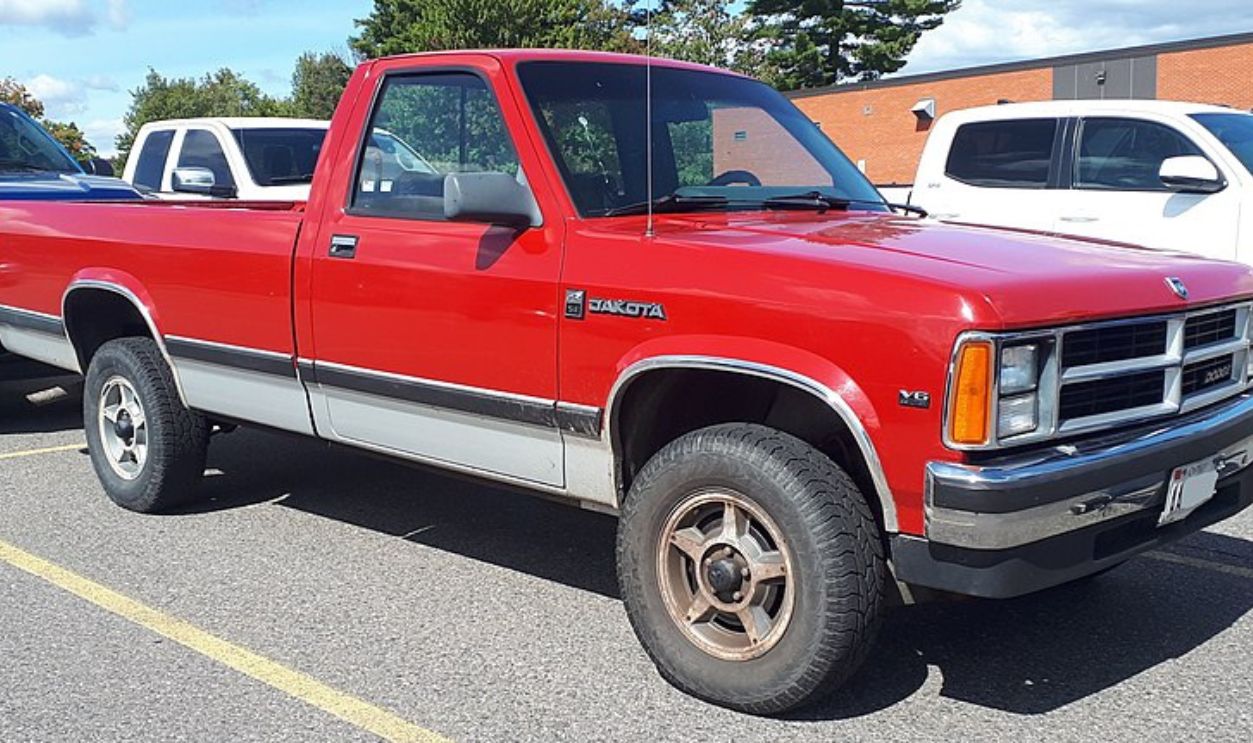 SsmIntrigue, CC BY-SA 4.0, Wikimedia Commons
SsmIntrigue, CC BY-SA 4.0, Wikimedia Commons
Chevrolet Camaro (1982–1992)
The Iron Duke engine, a 2.5-liter inline-four, was available in the base models of the Camaro during its early years. It had a displacement of 2.5 liters, which is 151 cubic inches, with an overhead valve (OHV) setup.
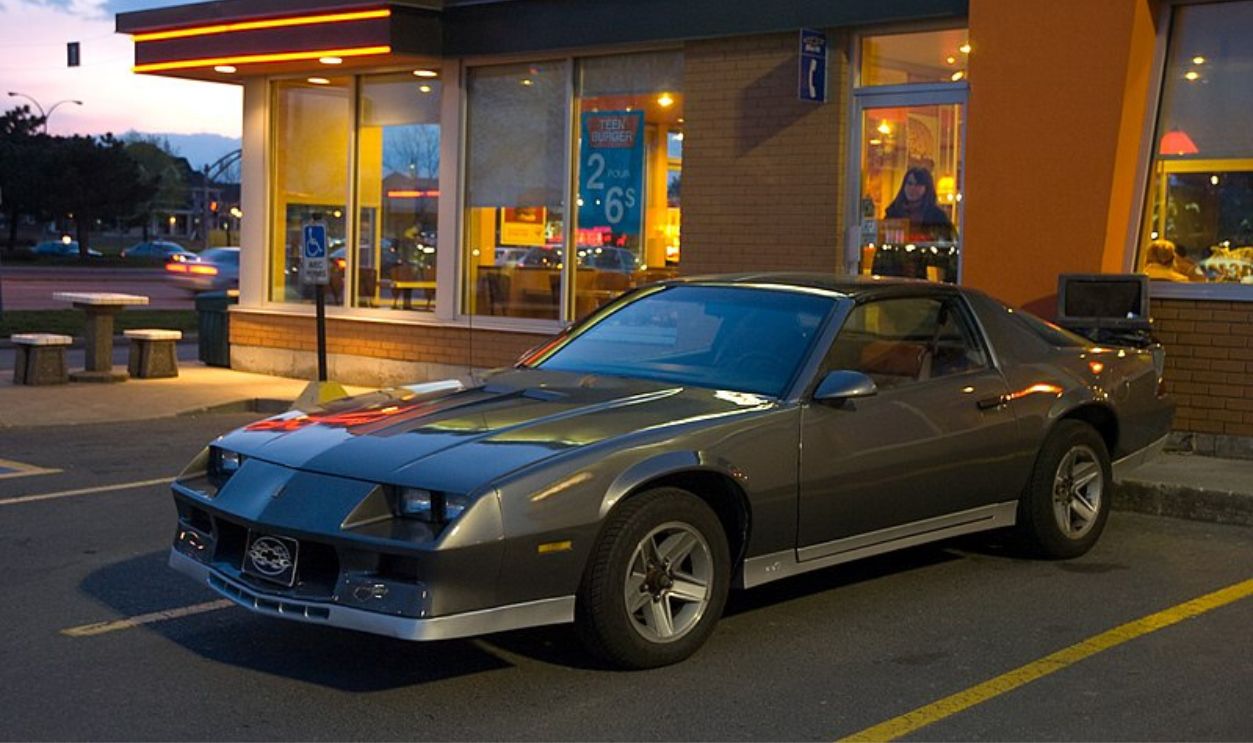 Jonboy2312, CC BY-SA 3.0, Wikimedia Commons
Jonboy2312, CC BY-SA 3.0, Wikimedia Commons
Chevrolet Camaro (1982–1992) (Cont.)
About 92 horsepower and 132 lb-ft of torque were generated by the engine at 4,000 and 2,800 RPM, respectively. Because of this output, it was appropriate for drivers seeking a sportier package at a lower cost.
Chevrolet Camaro (1982–1992) (Cont.)
The engine utilized a throttle-body fuel injection system. There were also many trim levels, including the performance-oriented Z28 and IROC-Z models. As the third generation progressed, more powerful V6 and V8 options became available.
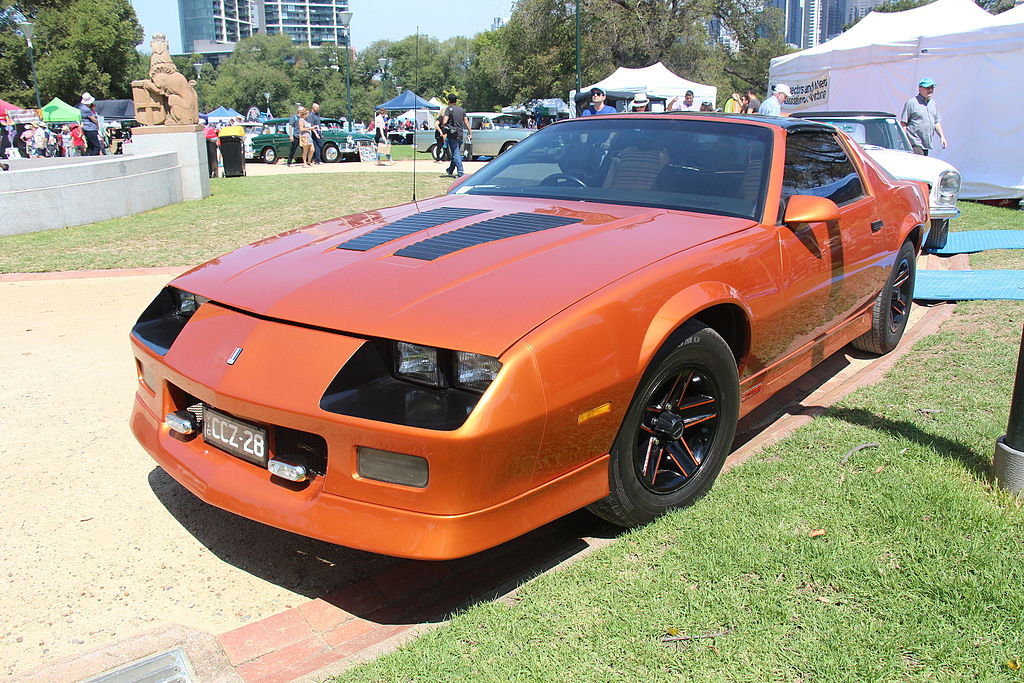 Sicnag, CC BY 2.0, Wikimedia Commons
Sicnag, CC BY 2.0, Wikimedia Commons
Ford Mustang II (1974–1978)
The Ford Mustang II, which was manufactured between 1974 and 1978, was seen as an important part of the Mustang family. This was mainly because it adjusted to new market realities during the oil crisis and shifting consumer preferences.
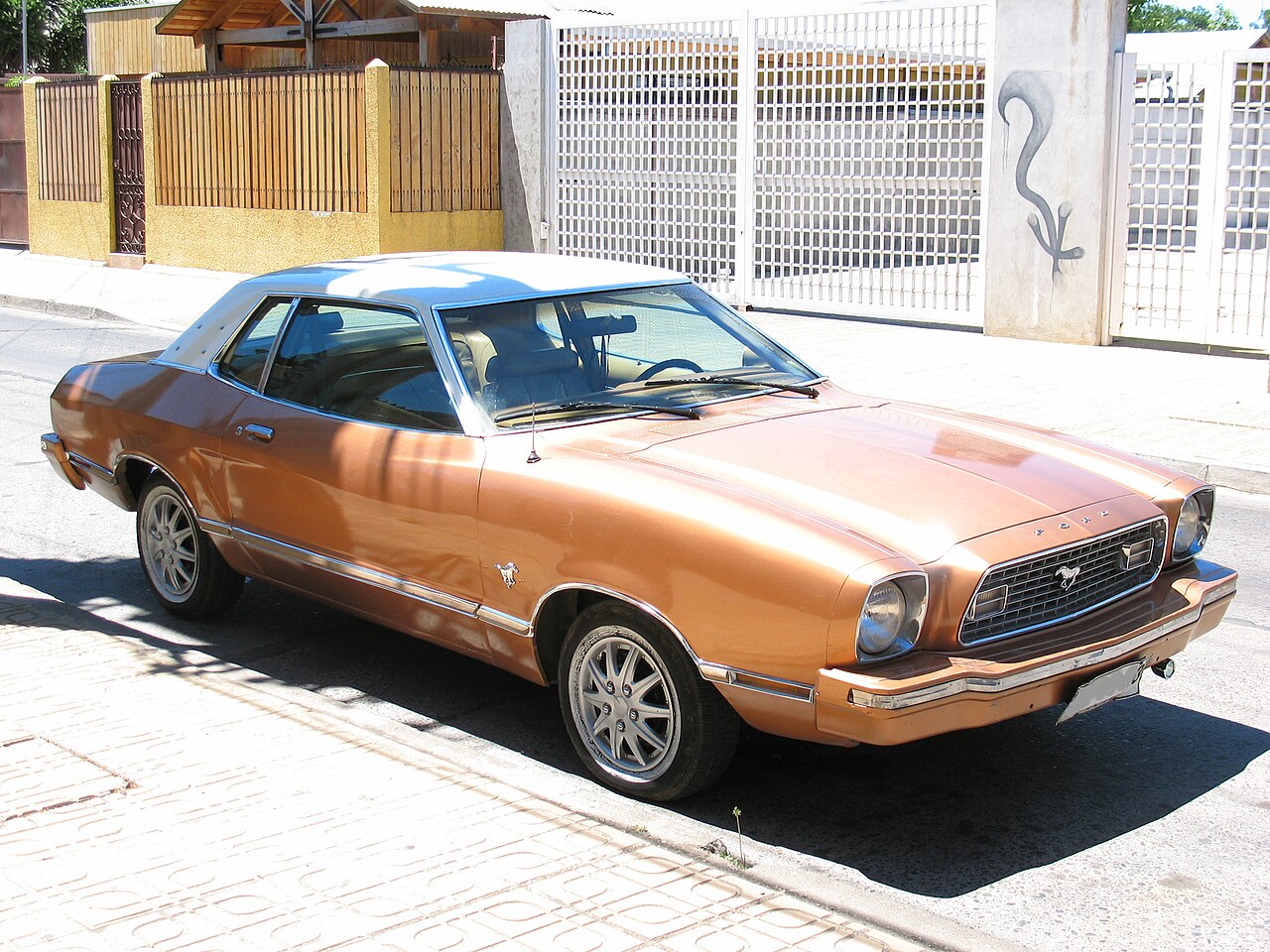 order_242, CC BY-SA 2.0, Wikimedia Commons
order_242, CC BY-SA 2.0, Wikimedia Commons
Ford Mustang II (1974–1978) (Cont.)
This one provided a 2.3L inline-four engine, a more fuel-efficient alternative. The engine had a displacement of 2.3 liters and produced around 88 horsepower at 4,800 RPM and 118 lb-ft of torque at 2,800 RPM.
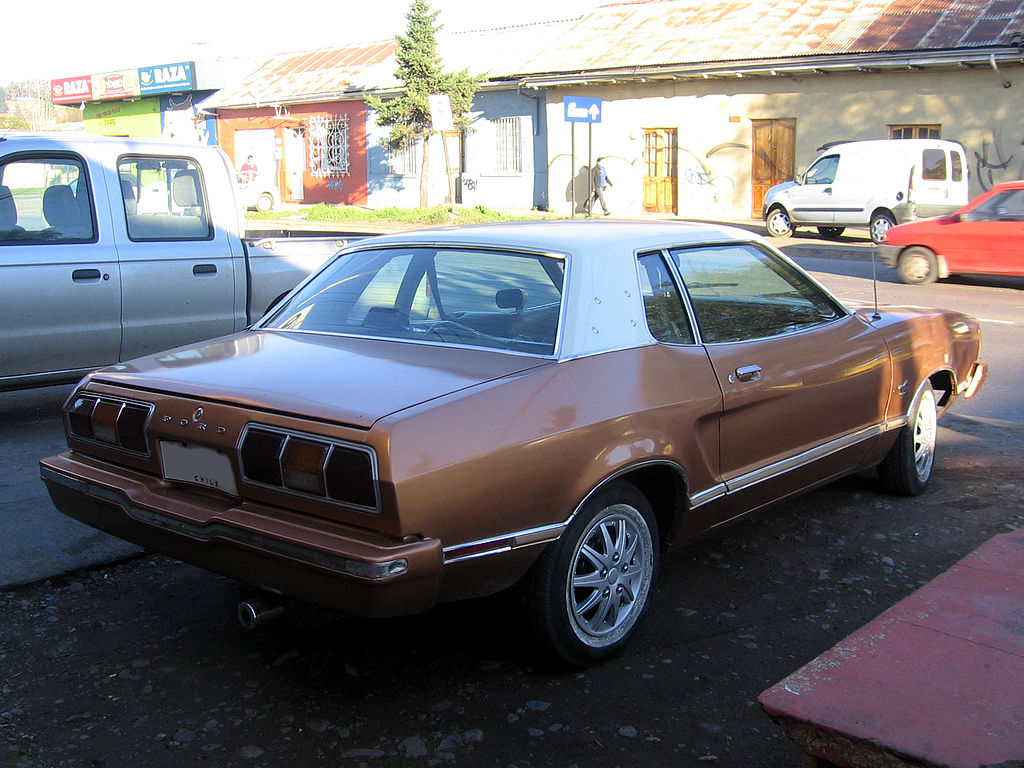 order_242, CC BY-SA 2.0, Wikimedia Commons
order_242, CC BY-SA 2.0, Wikimedia Commons
Ford Mustang II (1974–1978) (Cont.)
The vehicle’s overall weight was around 2,600 lbs. The design retained the classic “long hood, short deck” aesthetic but was scaled down, making it about 20 inches shorter than the 1973 Mustang. This car had a wheelbase of 96.2 inches.
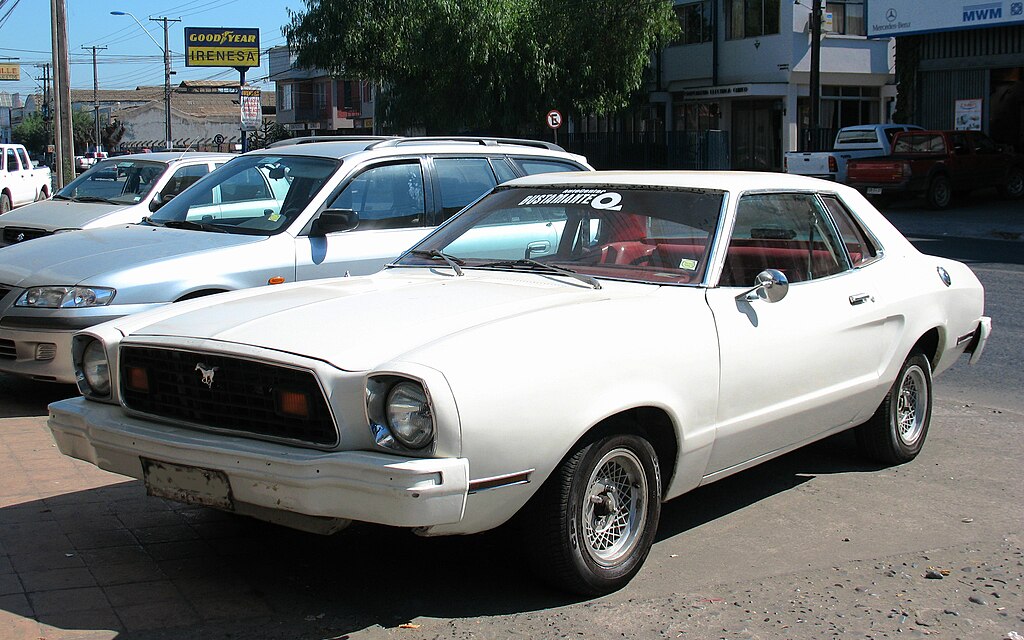 RL GNZLZ, CC BY-SA 2.0, Wikimedia Commons
RL GNZLZ, CC BY-SA 2.0, Wikimedia Commons
Chevrolet Cavalier (1982–2005)
The Chevrolet Cavalier was part of the J–body family, which also included cars like the Pontiac Sunbird and Oldsmobile Firenza. The pushrod engine was offered for a lot of the Cavalier’s run, especially during its second-gen (1988–1994) and third-gen (1995–2005).
Chevrolet Cavalier (1982–2005) (Cont.)
The first generation (1982–1987) initially came with a 1.8L pushrod engine, followed by the second generation (1988–1994), which transitioned to the 2.0L and later the 2.2L pushrod engines. Finally, the third generation (1995–2005) continued with the 2.2L OHV engine as a base offering.
Chevrolet Cavalier (1982–2005) (Cont.)
So, the pushrod engine variant had a displacement of 2.2 liters (approximately 134 cubic inches). Depending on the model year and particular tuning, the engine pumped out between 95 and 120 horsepower and torque ranging from 108 to 140 lb-ft.
Buick Skyhawk (1975–1989)
The Buick Skyhawk was a compact automobile that was part of General Motors’ J-body platform. Prior to switching to throttle–body fuel injection in later years, the engine used a carburetor. The Iron Duke engine gave out about 90 horsepower and 130 lb-ft of torque.
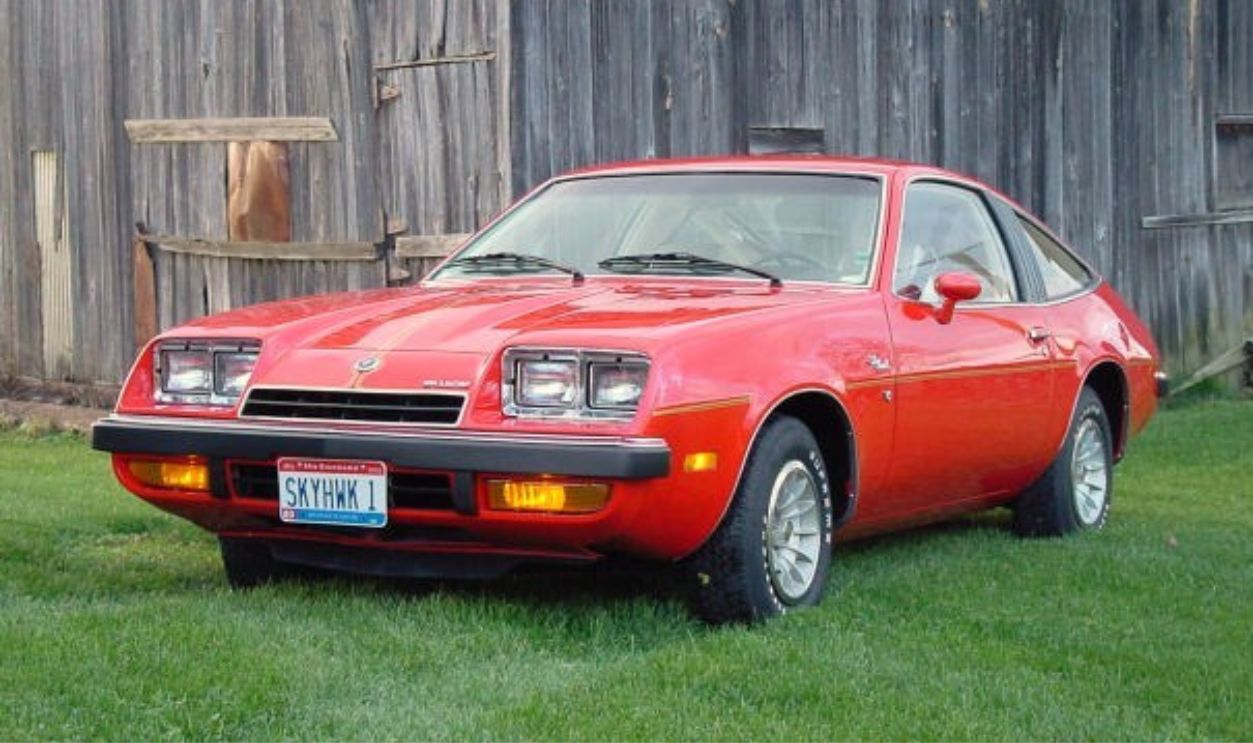 Bradley L. Conley, CC BY-SA 4.0, Wikimedia Commons
Bradley L. Conley, CC BY-SA 4.0, Wikimedia Commons
Buick Skyhawk (1975–1989) (Cont.)
Built on General Motor’s H-body platform, this beast shared components with other models, such as the Chevrolet Monza and Pontiac Sunbird. Regarding body style, it showcased mainly a two-door hatchback with a standard four-speed manual transmission.
Buick Skyhawk (1975–1989) (Cont.)
You cannot miss out on the sporty and aerodynamic layout. It is said that the introduction of quad rectangular headlamps, which were among the first in its class, came with this car. The car’s curb weight equals 2,800 lbs (1,270 kg).
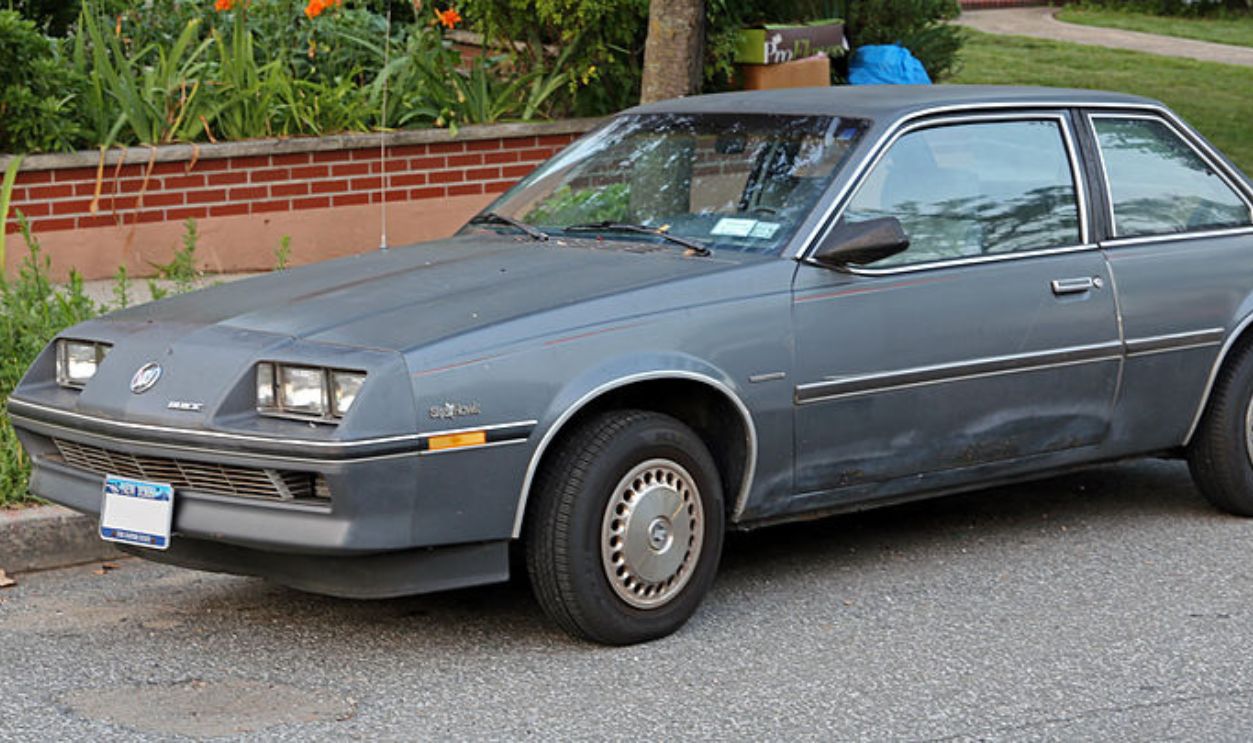 Mr.choppers, CC BY-SA 3.0, Wikimedia Commons
Mr.choppers, CC BY-SA 3.0, Wikimedia Commons
Oldsmobile Firenza (1982–1988)
The iconic Oldsmobile Firenza was available in the market as a two-door coupe and a four-door sedan, a four-door station wagon (introduced in 1983, known as the Firenza Cruiser), and a two-door notchback coupe (added in 1986).
Oldsmobile Firenza (1982–1988) (Cont.)
This car displayed a different front end, quad rectangular headlights, and a horizontal-bar grille. It first brought a 2.0-liter OHV inline-four engine with 88 horsepower. In later years, it offered an overhead-cam 1.8-liter engine.
Oldsmobile Firenza (1982–1988) (Cont.)
It eventually included a 2.8-liter V6 engine as part of the GT package in 1985. With a torsion-beam rear axle and a MacPherson strut front suspension, the Firenza had a front-wheel-drive configuration. It was a good fit for urban driving and longer commutes.
Cadillac Cimarron (1981–1988)
This entry-level luxury car highlighted Cadillac’s attempt to enter the compact segment and was introduced as a four-door sedan. It had a wheelbase of 101.2 inches (2,570 mm) and an overall length of around 173 inches (4,394 mm).
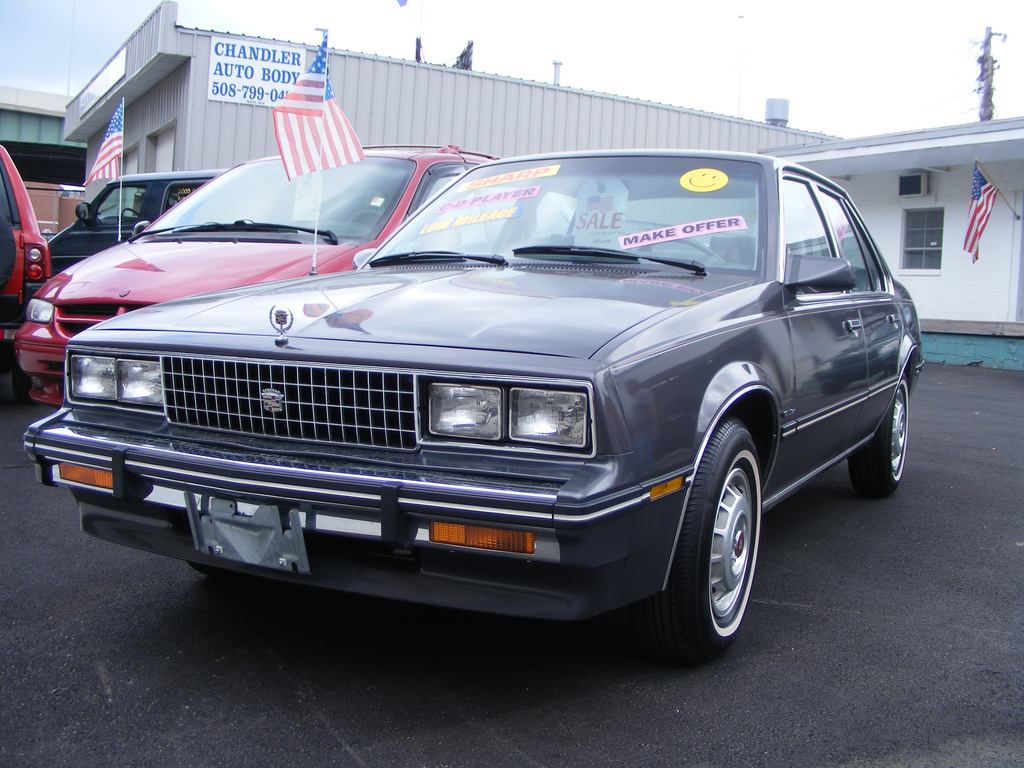 Improbcat, CC BY-SA 3.0, Wikimedia Commons
Improbcat, CC BY-SA 3.0, Wikimedia Commons
Cadillac Cimarron (1981–1988) (Cont.)
At its official launch in the year 1981, the Cimarron was equipped with a 1.8L four-cylinder engine pumping out about 88 horsepower. Then, in 1983, the engine was enlarged to 2.0 liters, along with fuel injection but a slightly reduced power output.
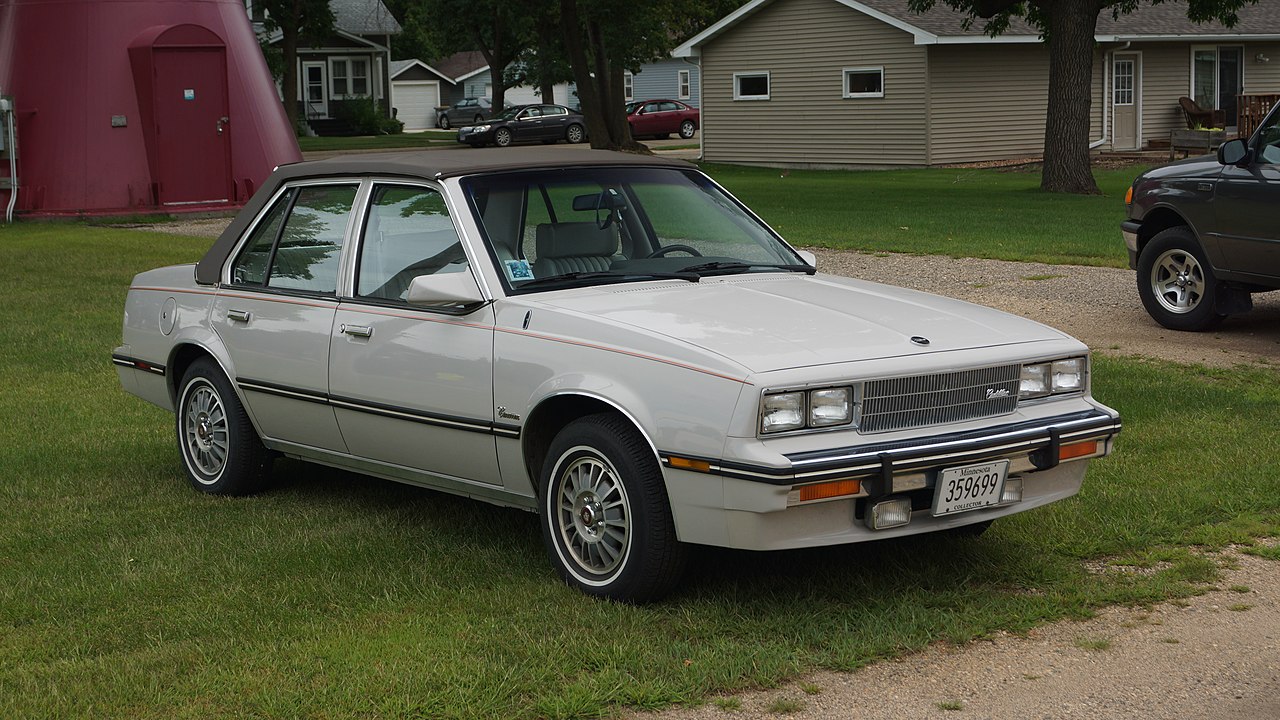 Greg Gjerdingen, CC BY 2.0, Wikimedia Commons
Greg Gjerdingen, CC BY 2.0, Wikimedia Commons
Cadillac Cimarron (1981–1988) (Cont.)
It was approximately 86 horsepower. Since 1914, Cadillac had not sold a four-cylinder engine until this one. In 1985, a 2.8L V6 engine became available, producing around 130 horsepower, which served better performance.
Pontiac Fiero (1984–1988)
Among its engine options, the 2.5L pushrod four-cylinder engine was a key element, particularly in the earlier models. The Fiero’s 2.5L engine had a displacement of 2474 cc (151 cubic inches). By 1988, the power output had increased to about 98 horsepower.
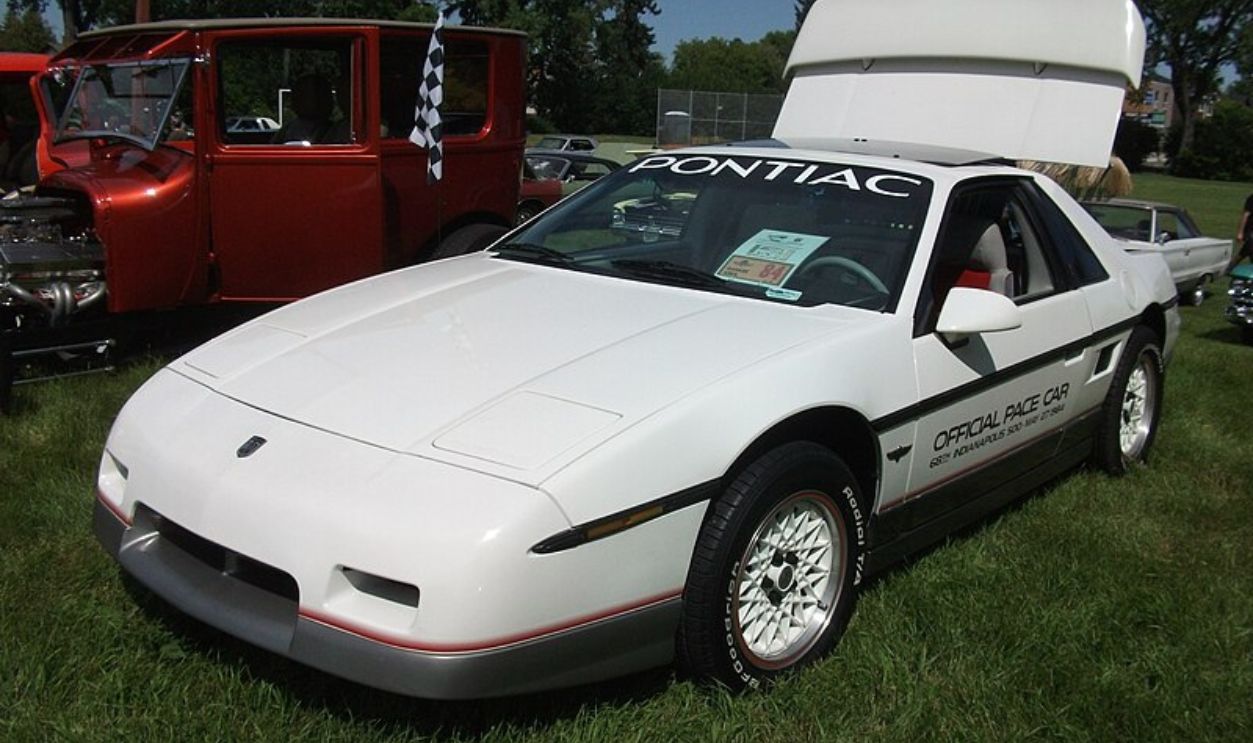 dave_7 from Lethbridge, Canada, CC BY 2.0, Wikimedia Commons
dave_7 from Lethbridge, Canada, CC BY 2.0, Wikimedia Commons
Pontiac Fiero (1984–1988) (Cont.)
In terms of torque, the car gave out 132 lb-ft at 2,800 RPM and 92 horsepower at 4,000 RPM in its early iterations. The Fiero was the first mass-produced mid-engine car from an American manufacturer. It also used non-load-bearing composite body panels.
Pontiac Fiero (1984–1988) (Cont.)
Interestingly, the Pontiac Fiero made it to Car and Driver magazine’s Ten Best list for 1984 and served as the Official Pace Car of the Indianapolis 500 that same year. Over the course of five years, 370,168 Fieros were produced.
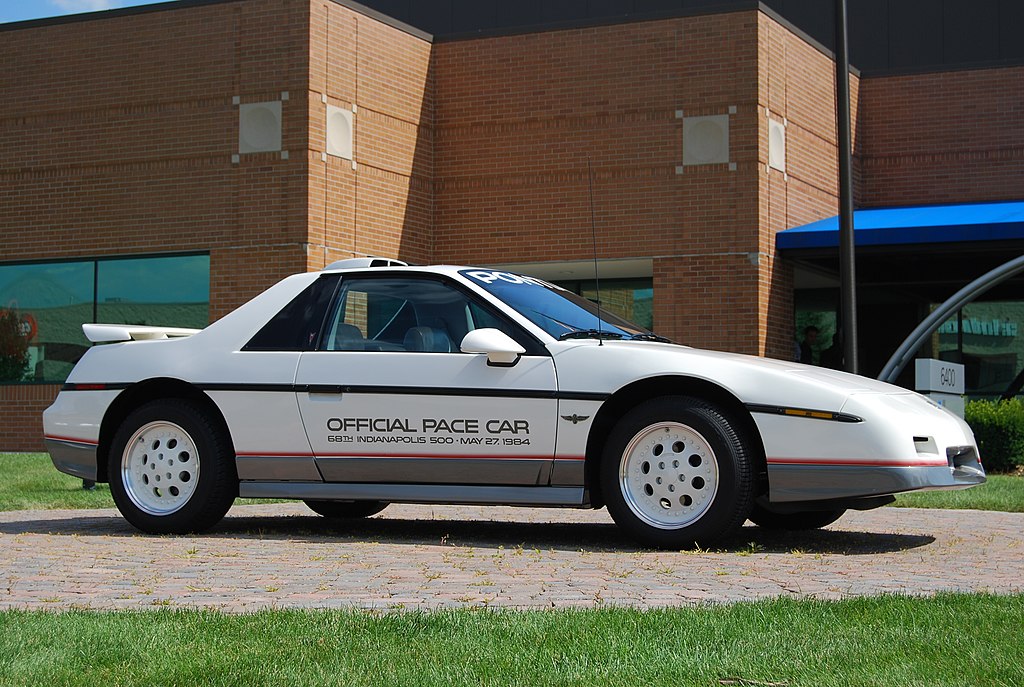 artistmac, CC BY-SA 2.0, Wikimedia Commons
artistmac, CC BY-SA 2.0, Wikimedia Commons
Ford Pinto (1971–1980)
The Pinto came in different styles, like a two-door sedan, a three-door hatchback, and a station wagon. Similarly, it featured a compact footprint with a wheelbase of about 94 inches and a length of around 169 inches.
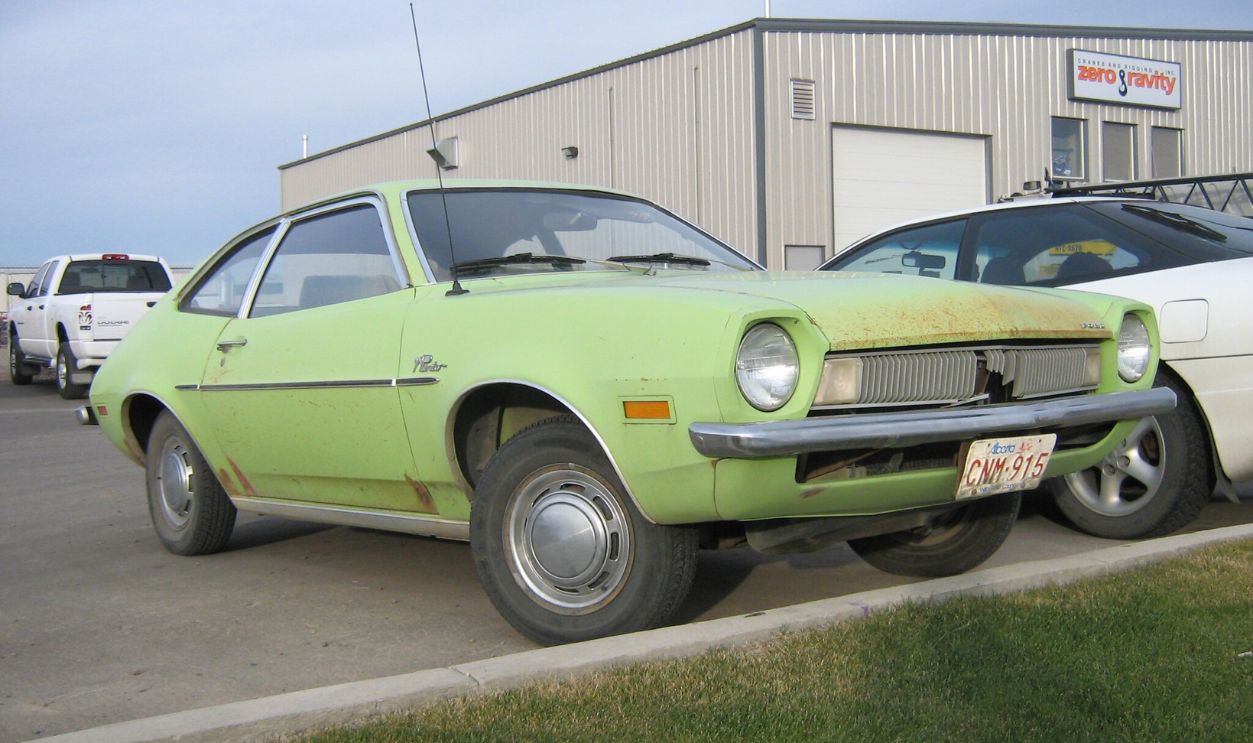 dave_7, CC BY-SA 2.0, Wikimedia Commons
dave_7, CC BY-SA 2.0, Wikimedia Commons
Ford Pinto (1971–1980) (Cont.)
This car utilized an inline-four configuration, specifically the 2.3L pushrod engine with a displacement of 2.3 liters (140 cubic inches). Based on the model, the engine produced between 88 and 92 horsepower and around 120 lb-ft of torque.
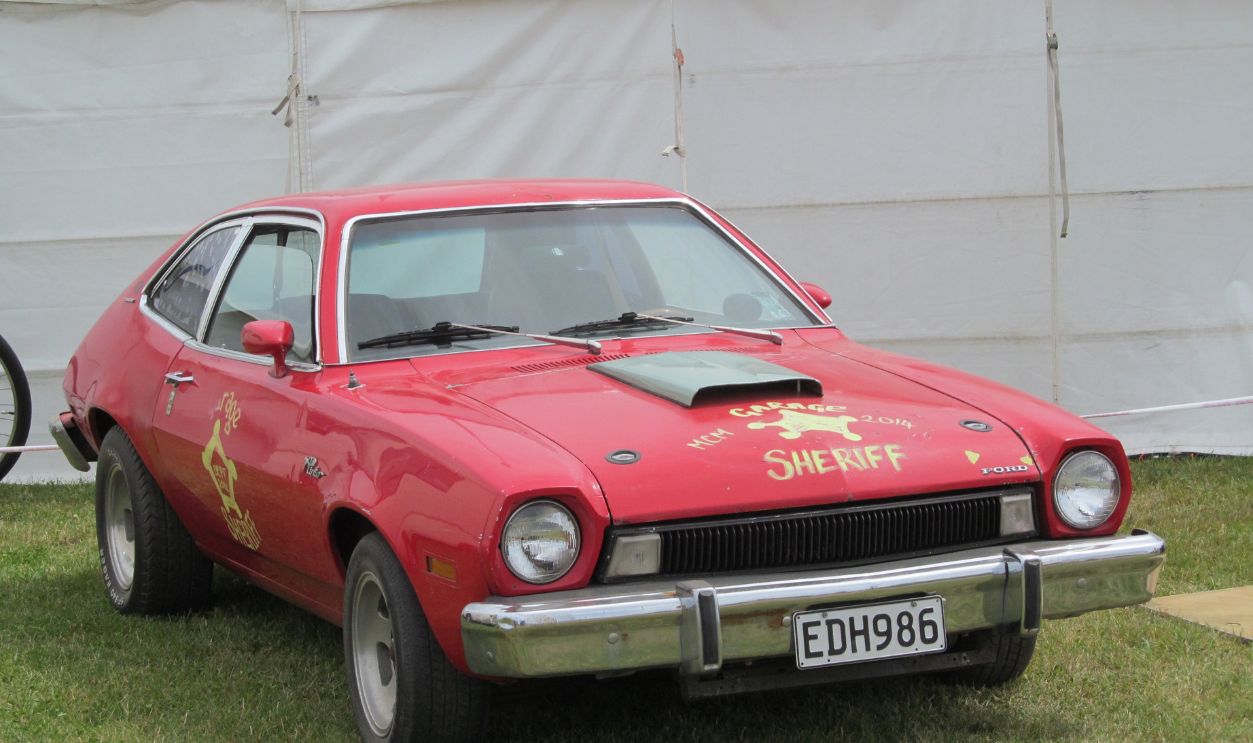 Riley, CC BY 2.0, Wikimedia Commons
Riley, CC BY 2.0, Wikimedia Commons
Ford Pinto (1971–1980) (Cont.)
For example, in the 1977 model, it produced close to 89 horsepower at 4,800 RPM and 120 lb-ft of torque at 3,000 RPM. The engine had a two-barrel carburetor. On September 11, 1970, the Pinto—named after the pony—was launched.
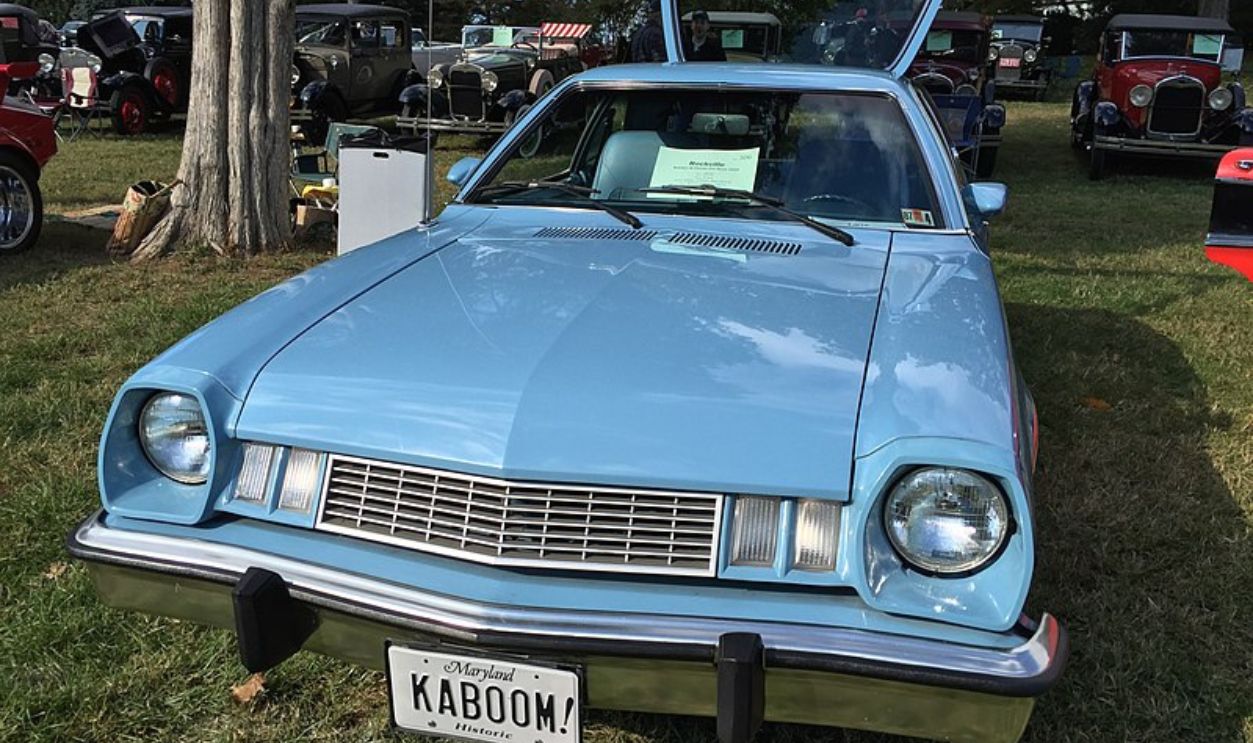 CZmarlin, CC BY-SA 4.0, Wikimedia Commons
CZmarlin, CC BY-SA 4.0, Wikimedia Commons
Chevrolet Tracker (1999 – 2004)
In specific configurations, the Chevrolet Tracker did have a pushrod four-cylinder engine option. Specifically, the Tracker was available with the 1.6L inline-four engine in its base model during its early years. It produced about 97 horsepower at 5,200 RPM.
Chevrolet Tracker (1999 – 2004) (Cont.)
Along with 100 lb-ft of torque at 4,000 RPM. As the production progressed, larger engines became more common, especially a 2.0L inline-four and a 2.5L V6 in later years. The base models also came with a 5-speed manual transmission.
![]() order_242 from Chile, CC BY-SA 2.0, Wikimedia Commons
order_242 from Chile, CC BY-SA 2.0, Wikimedia Commons
GMC Sonoma (1991–2004)
Reportedly, the 2.5L Iron Duke engine was present in this vehicle’s initial variants. It aimed to satisfy consumers seeking a small truck with good fuel economy. 85 to 110 horsepower was the power output, depending on the model year and tune.
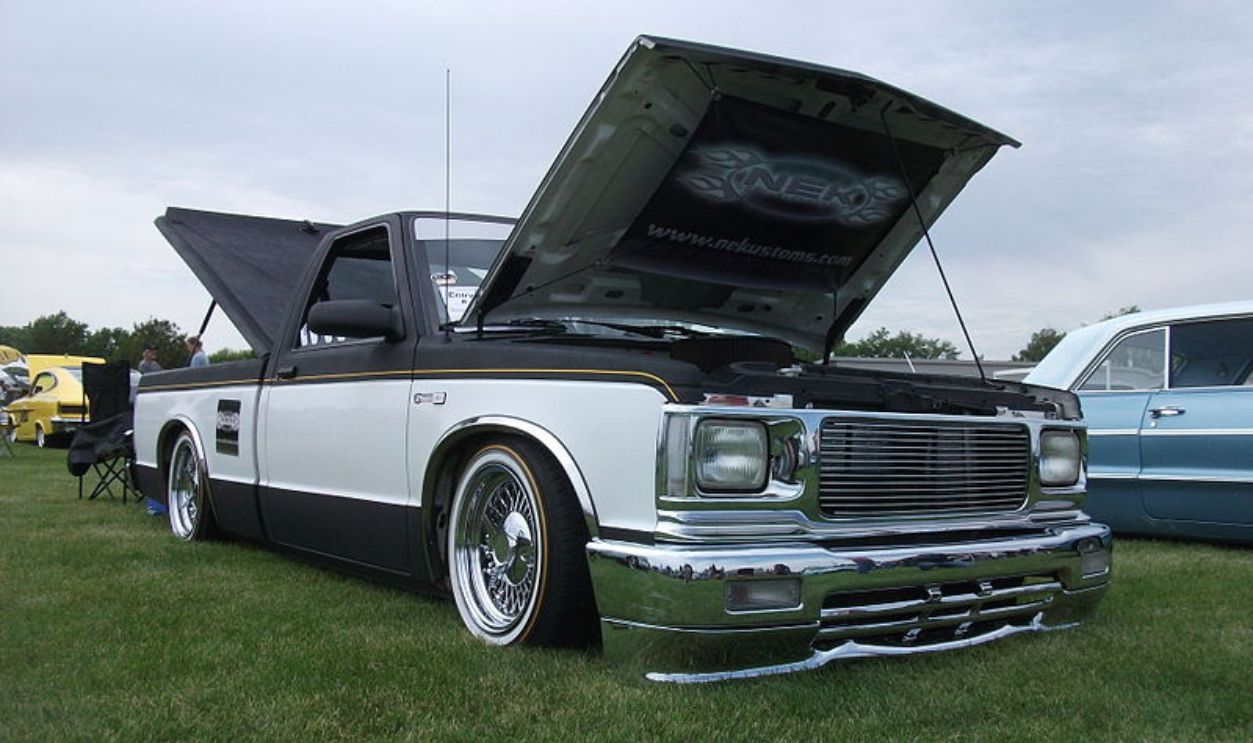 dave_7 from Lethbridge, Canada, CC BY 2.0, Wikimedia Commons
dave_7 from Lethbridge, Canada, CC BY 2.0, Wikimedia Commons
GMC Sonoma (1991–2004) (Cont.)
The 2.5L Iron Duke engine used in the GMC Sonoma and other General Motors vehicles showcased a cast iron block and head, which contributed to its durability. Initially, the fuel system was carbureted and transitioned to throttle body injection in later years.
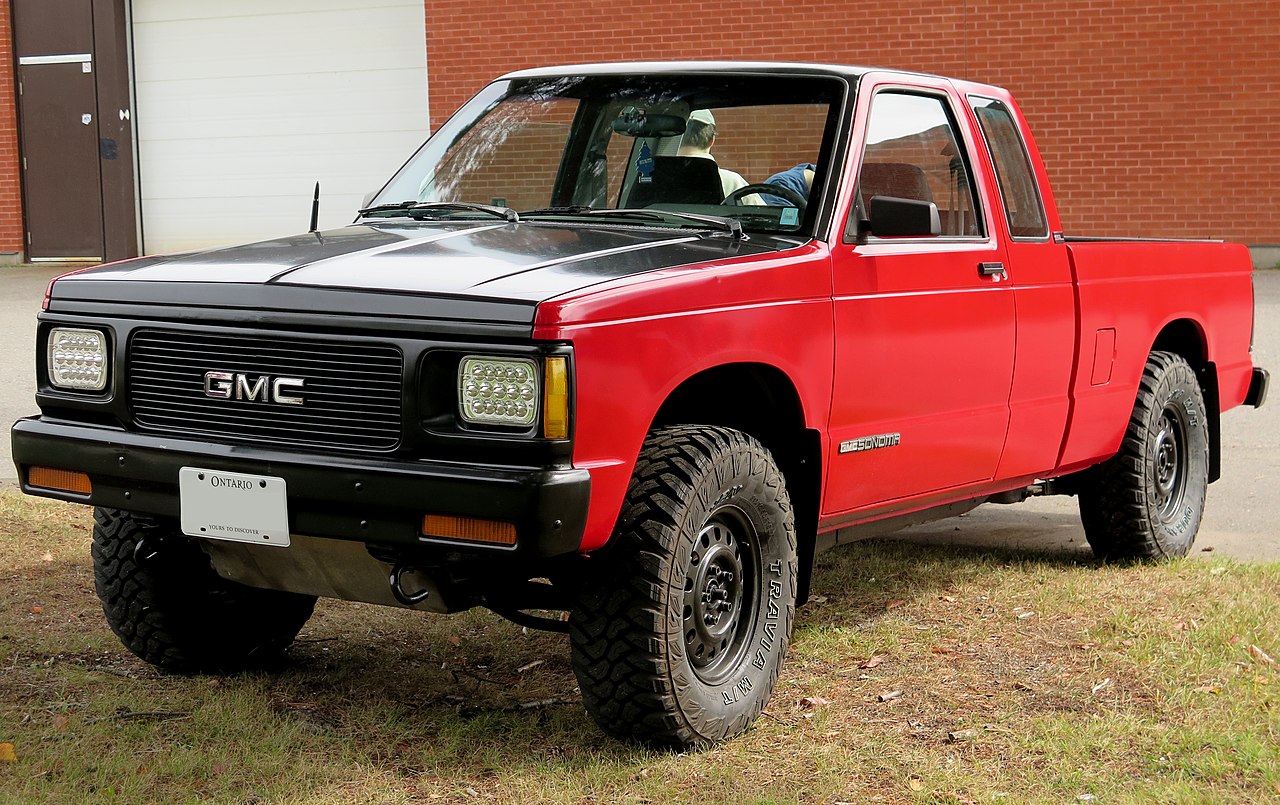 Elise240SX, CC BY-SA 4.0, Wikimedia Commons
Elise240SX, CC BY-SA 4.0, Wikimedia Commons
GMC Sonoma (1991–2004) (Cont.)
It looks like drivers got around 21 MPG in the city and around 28 MPG on the highway with the 2.5L engine. The towing capacity again differed according to the engine and configuration, with braked towing capacities of about 1,000 to 3,500 lbs.

